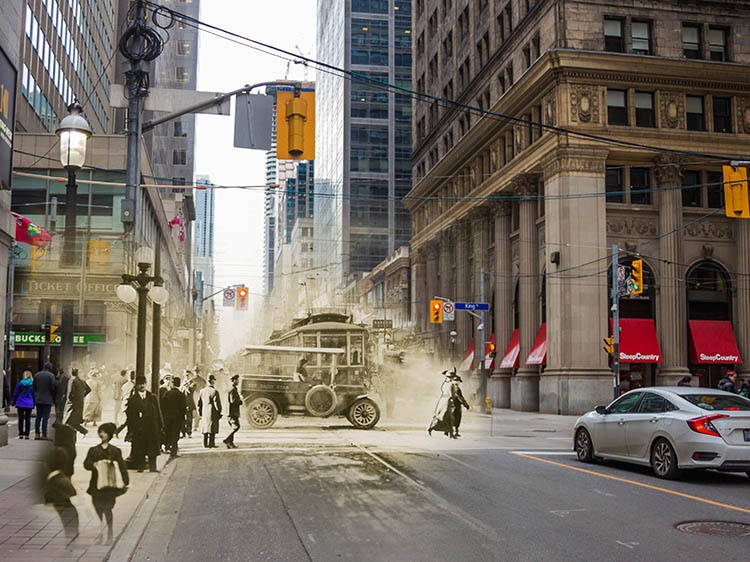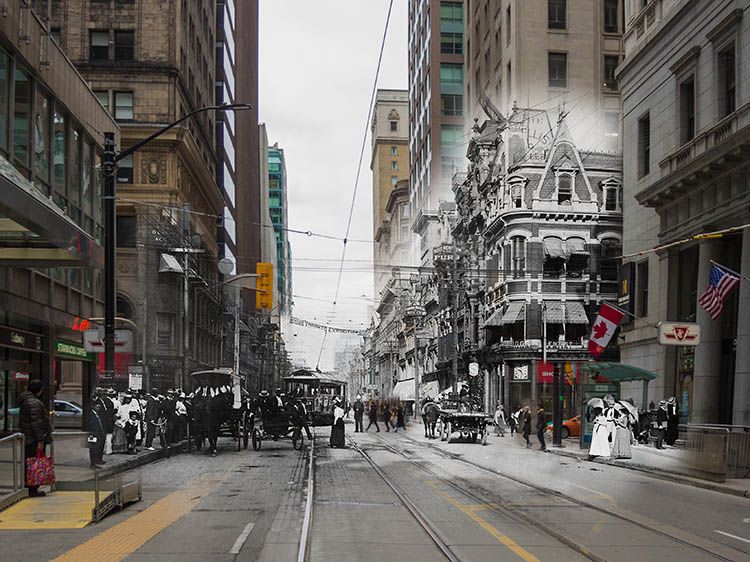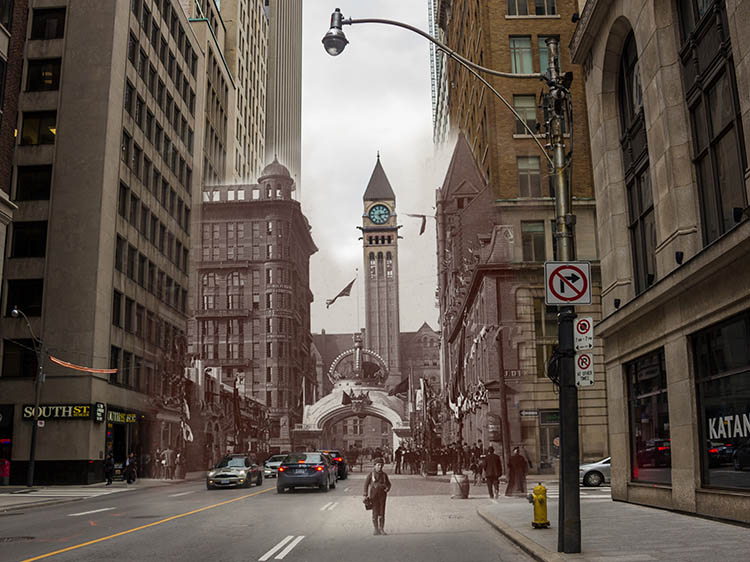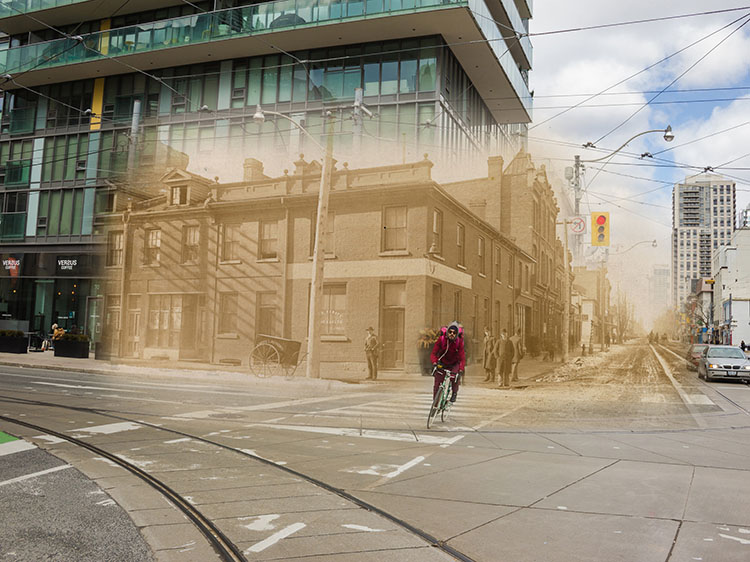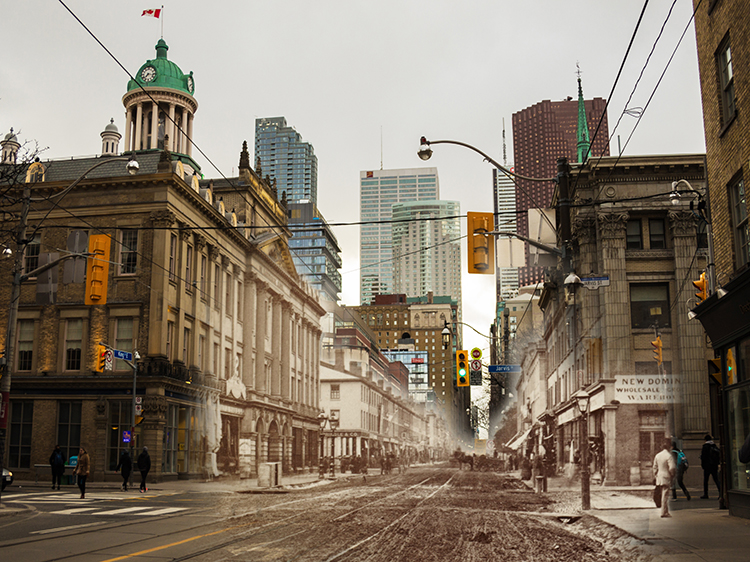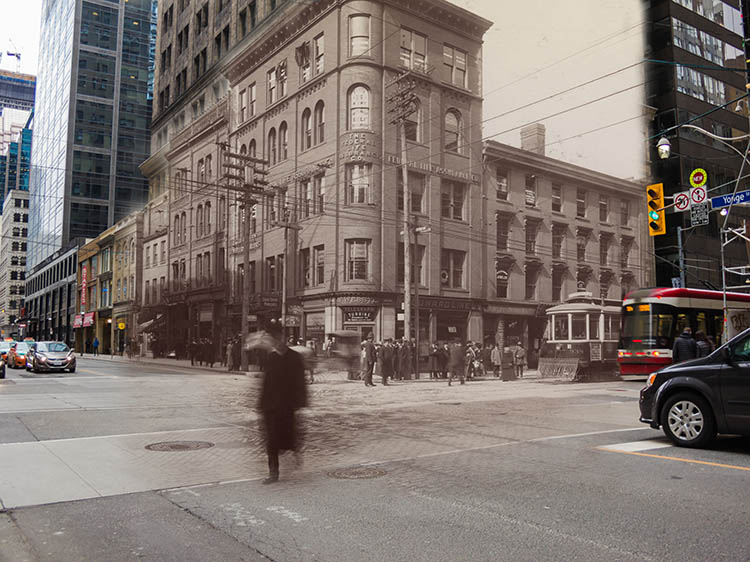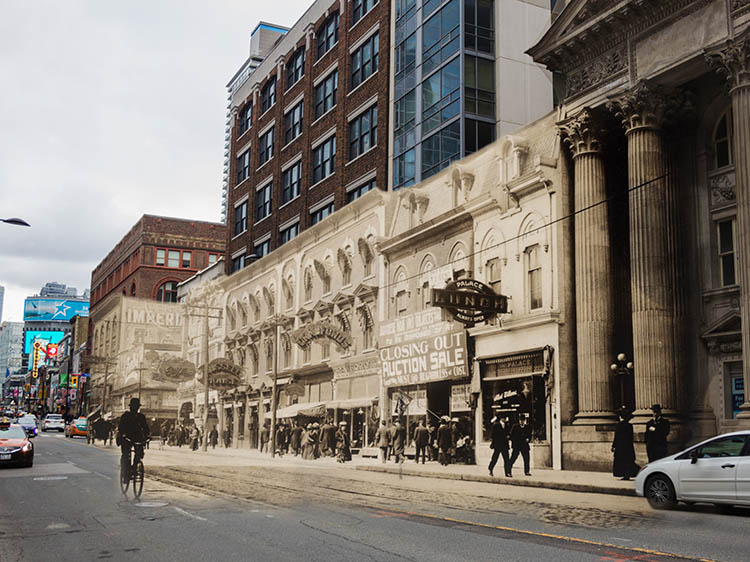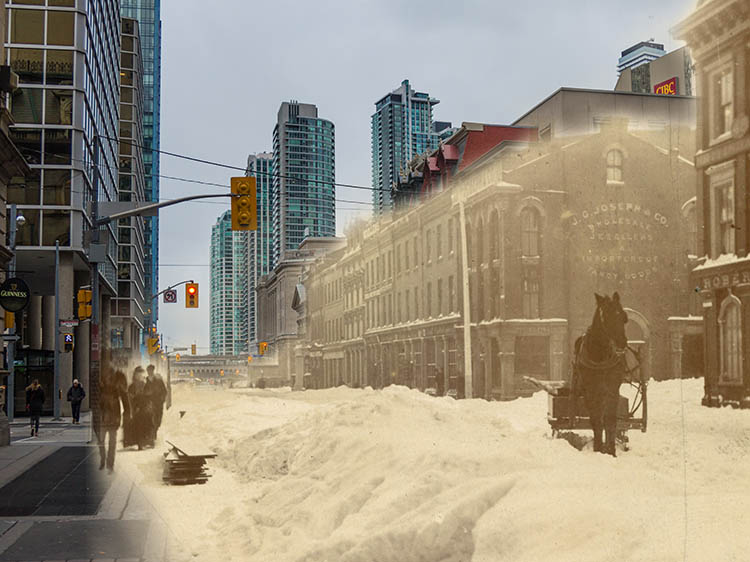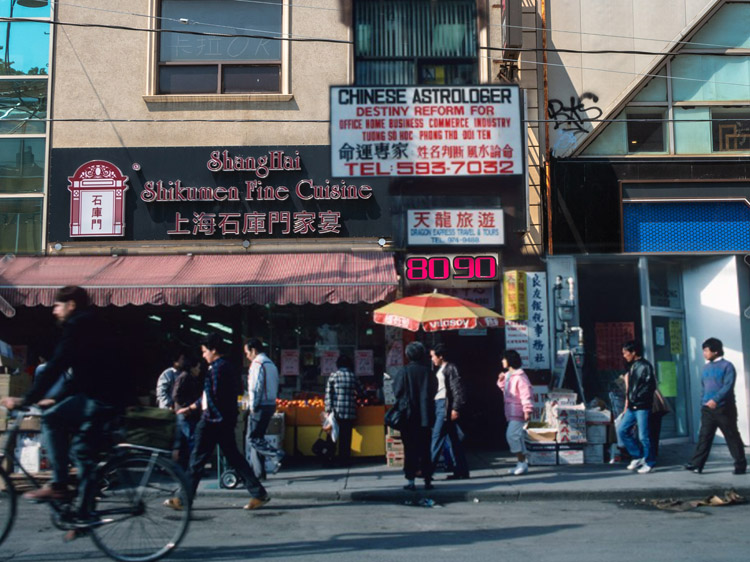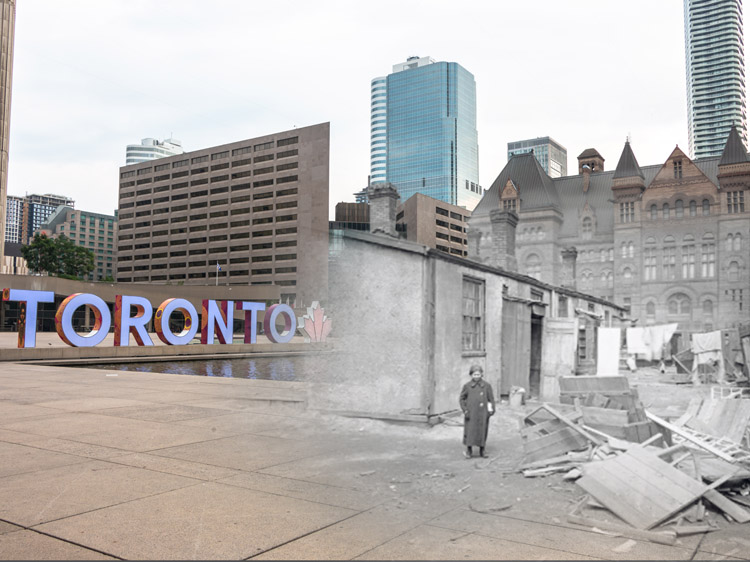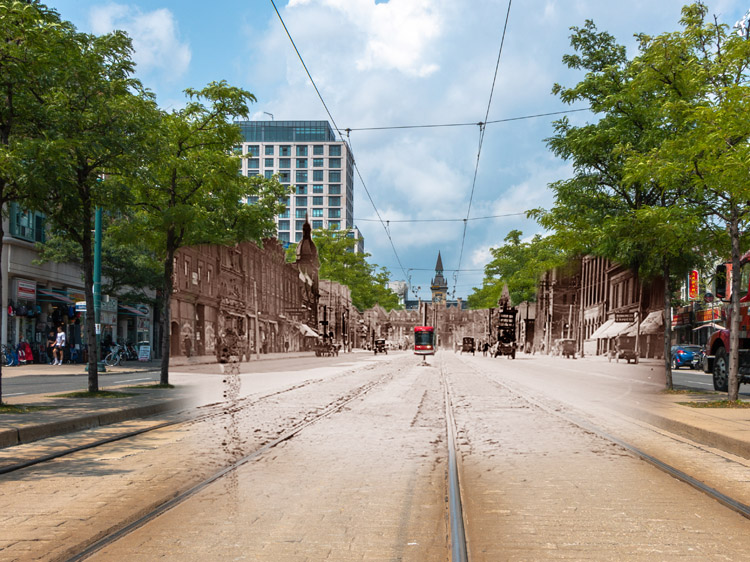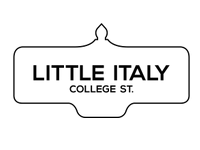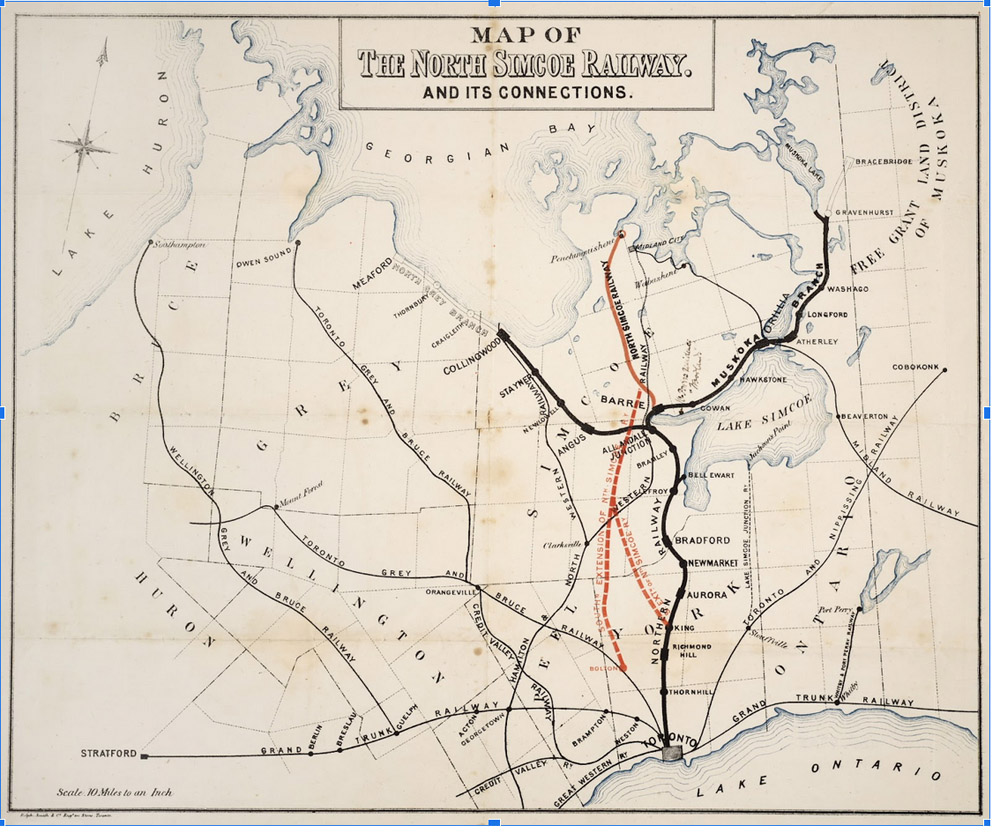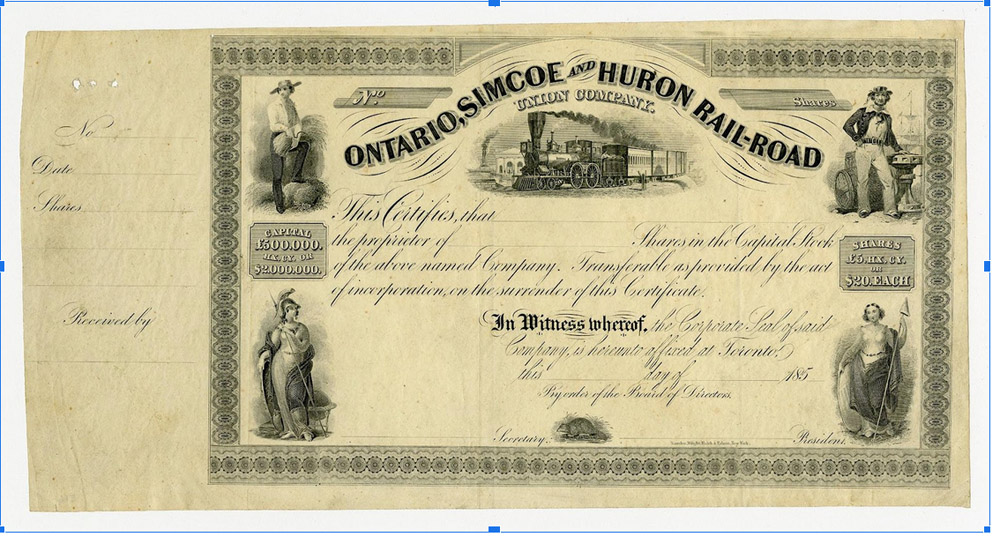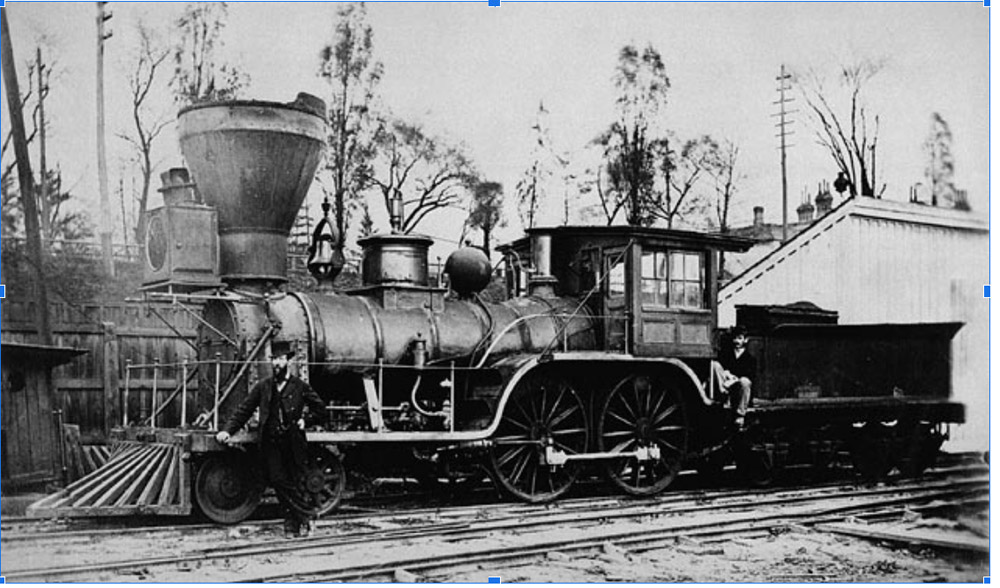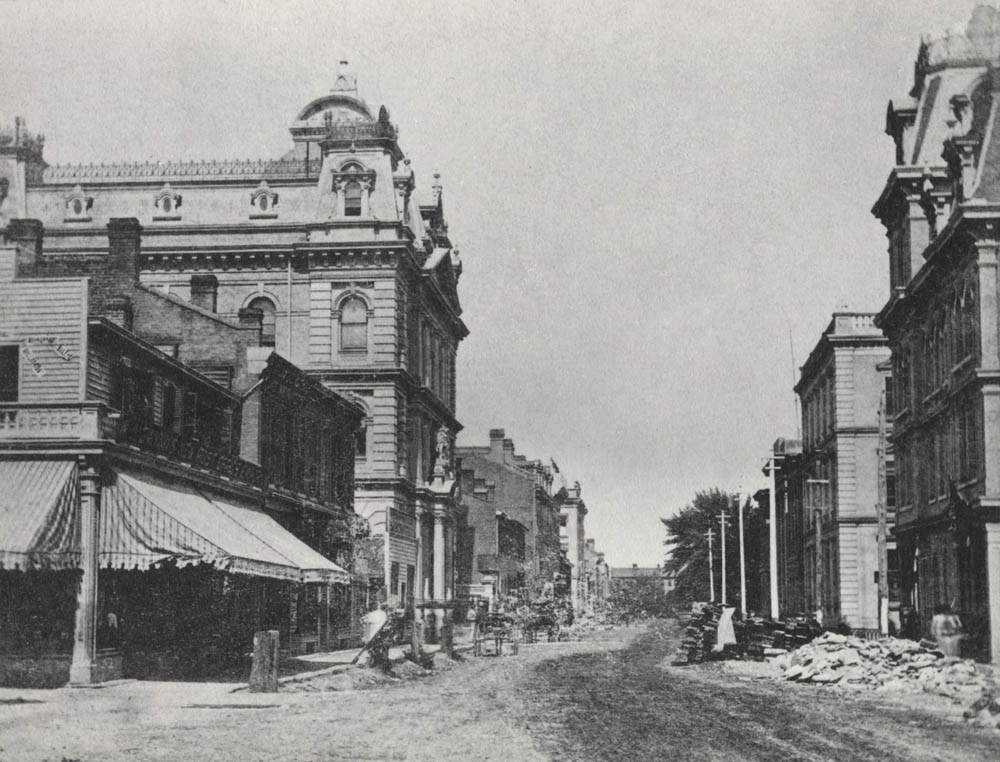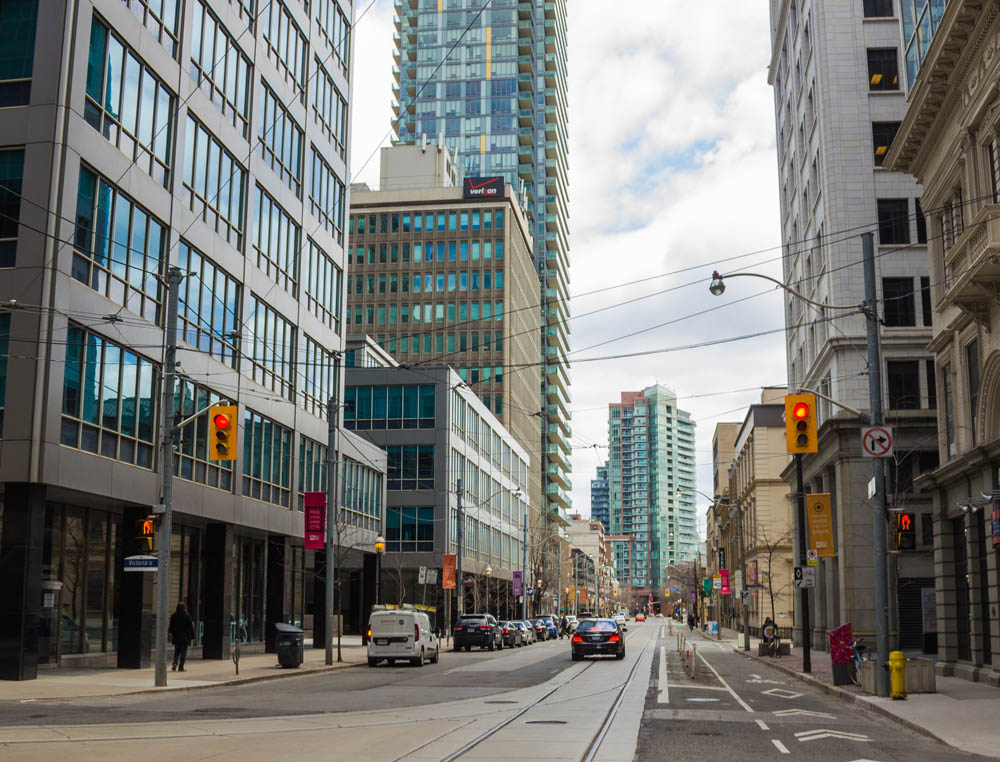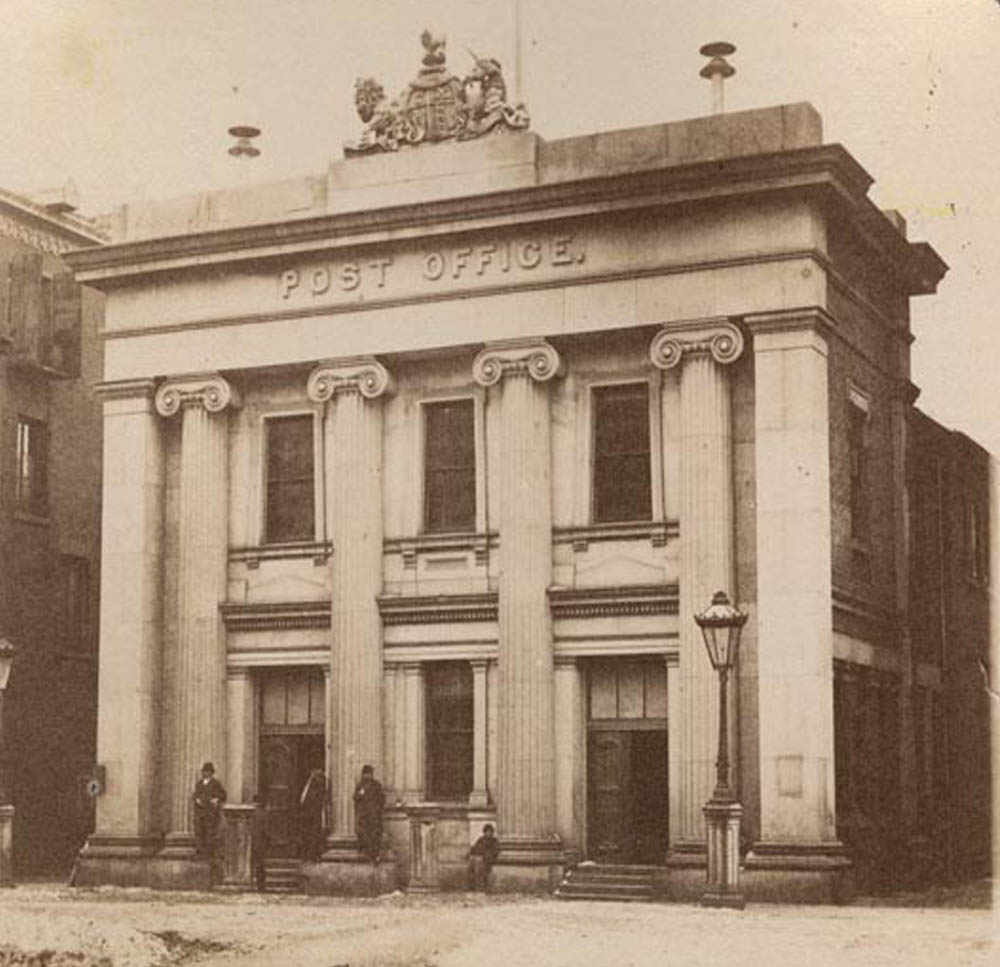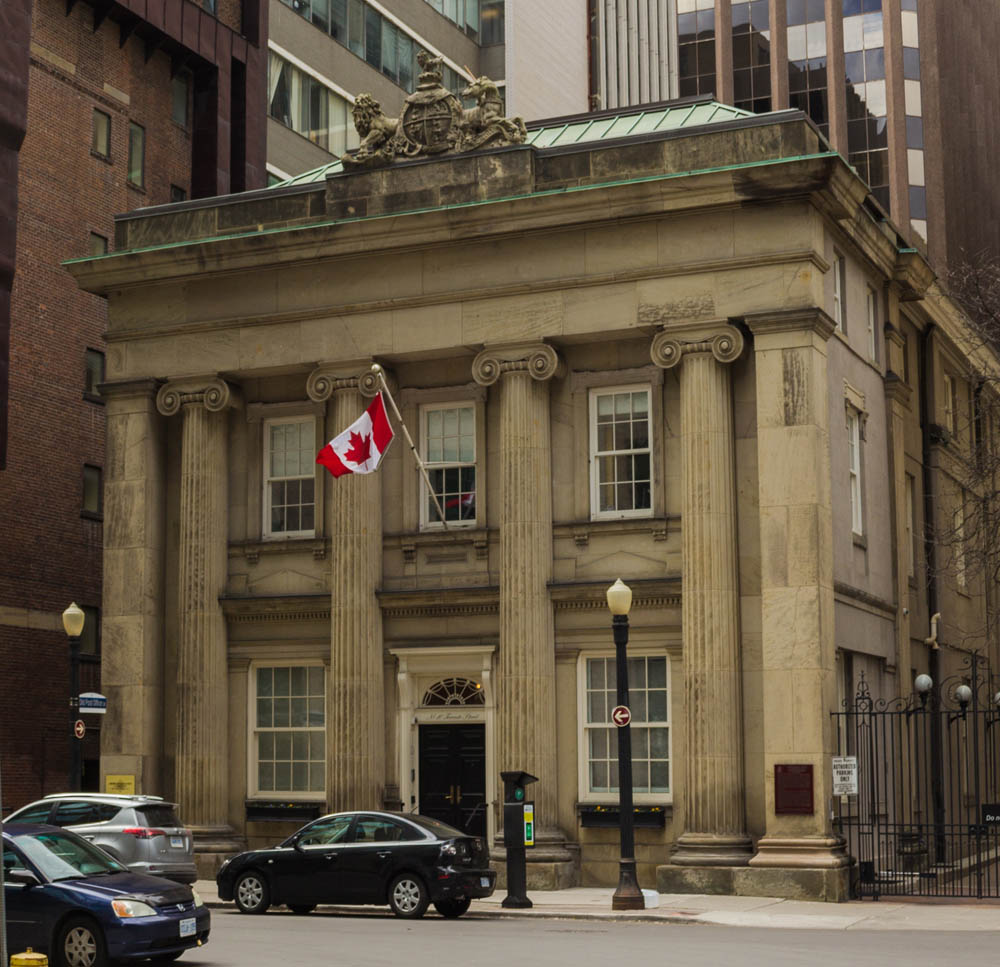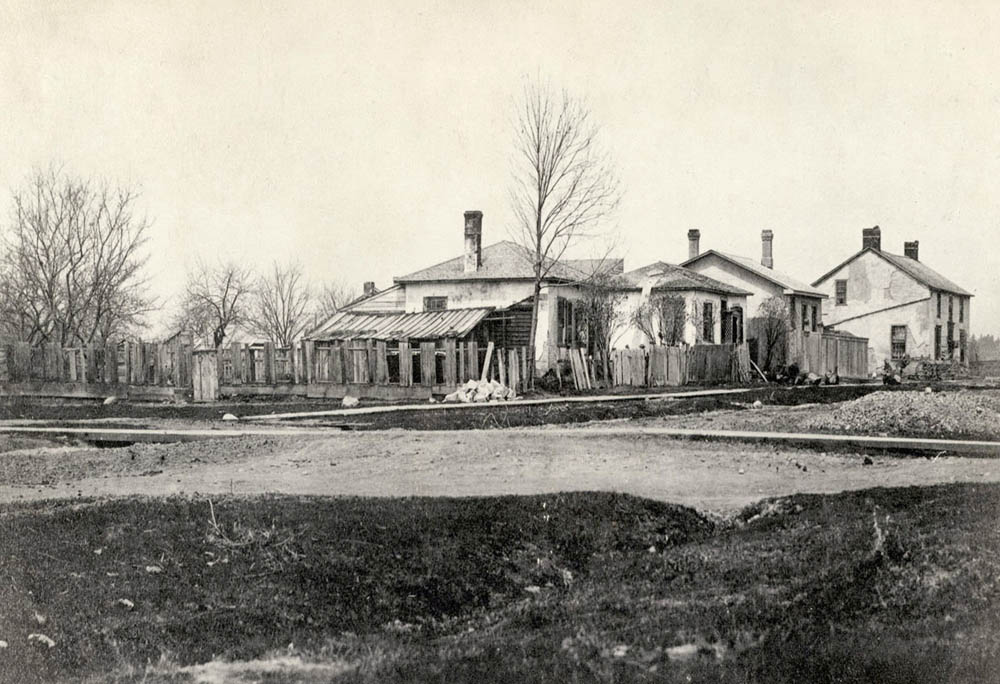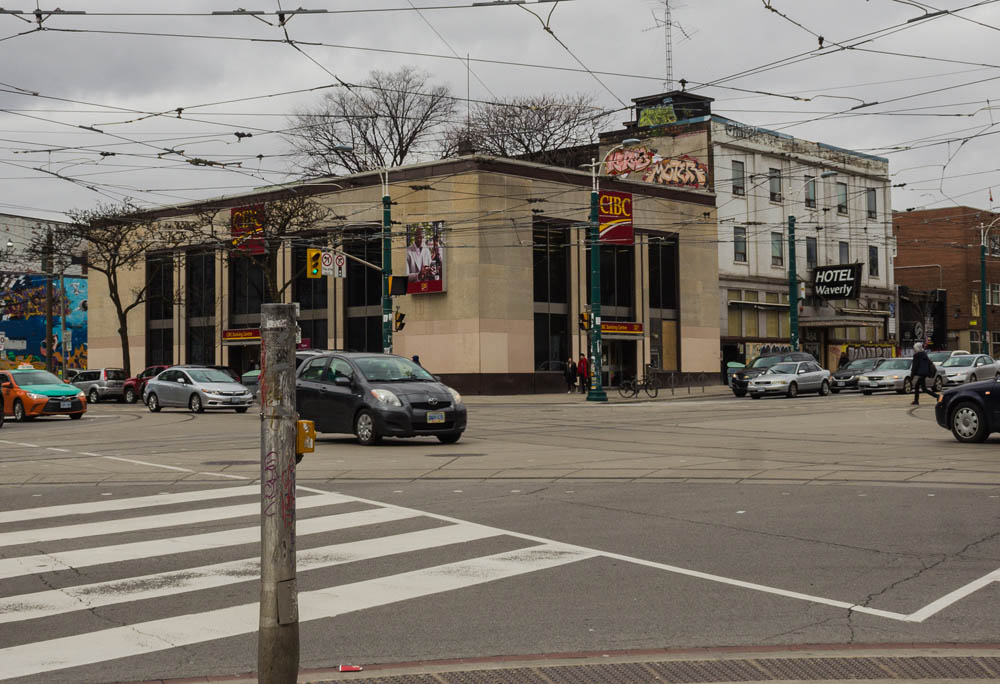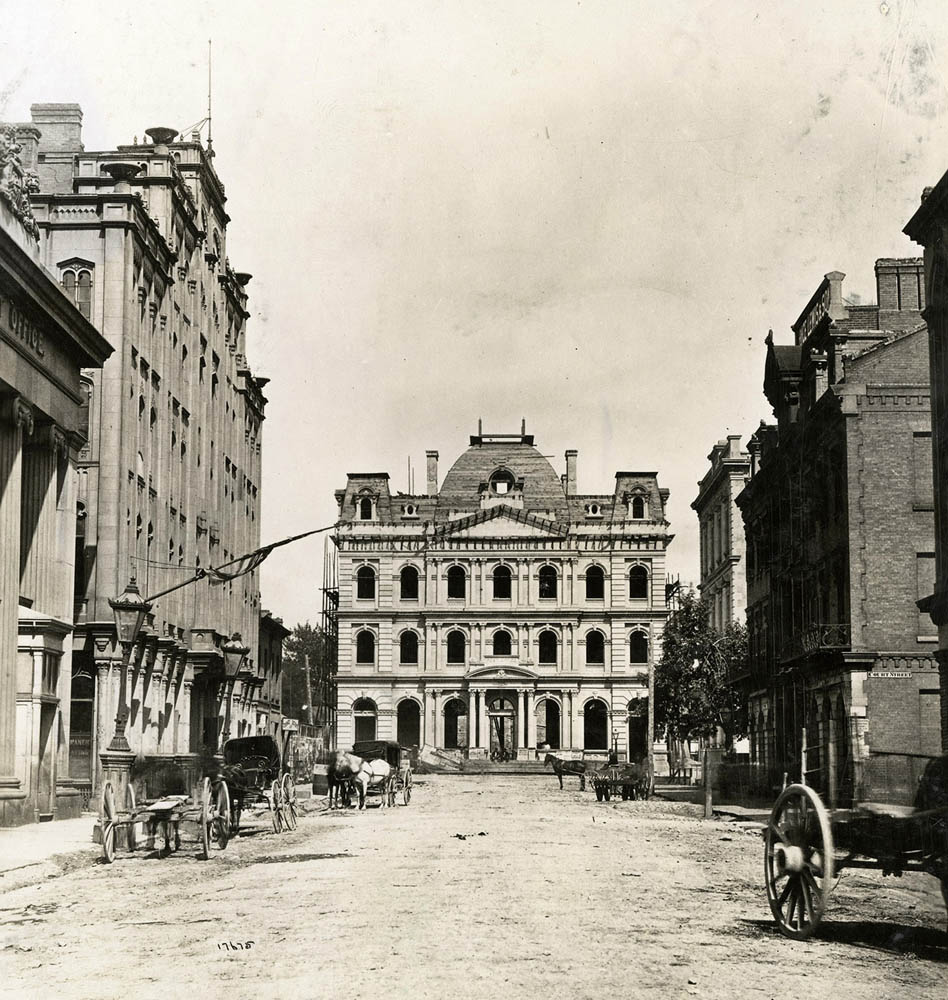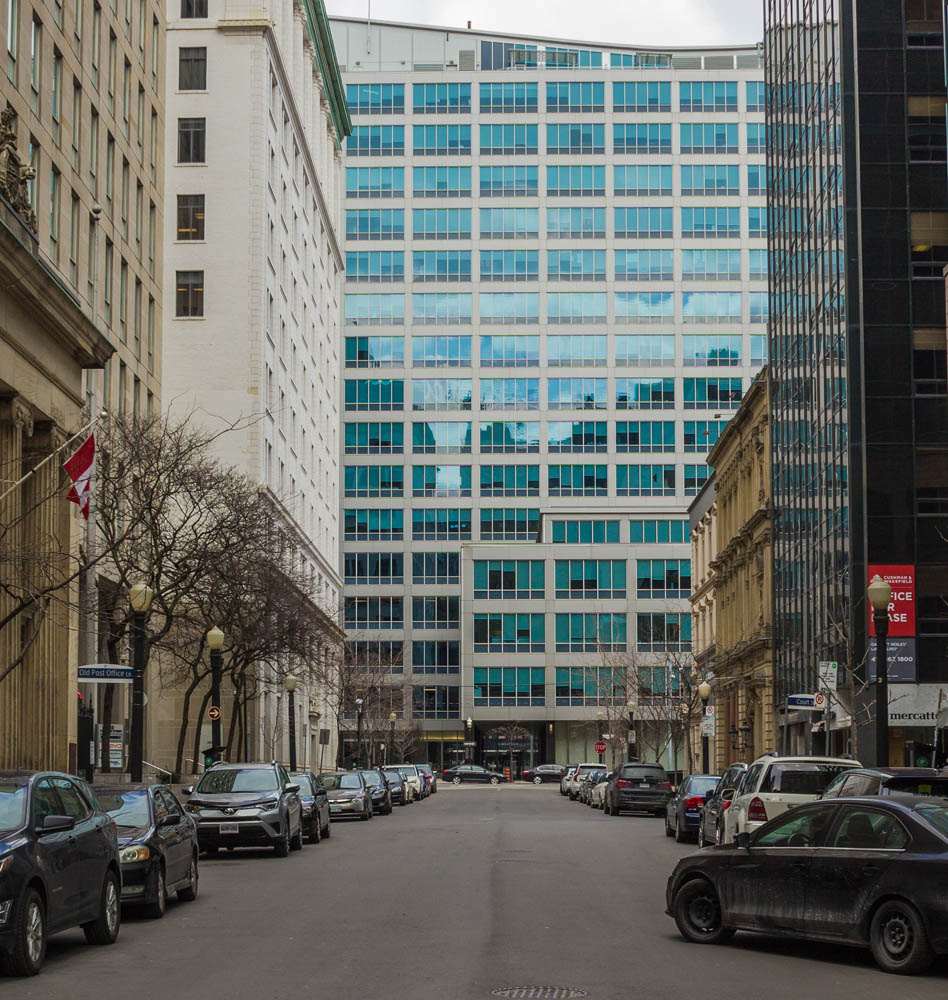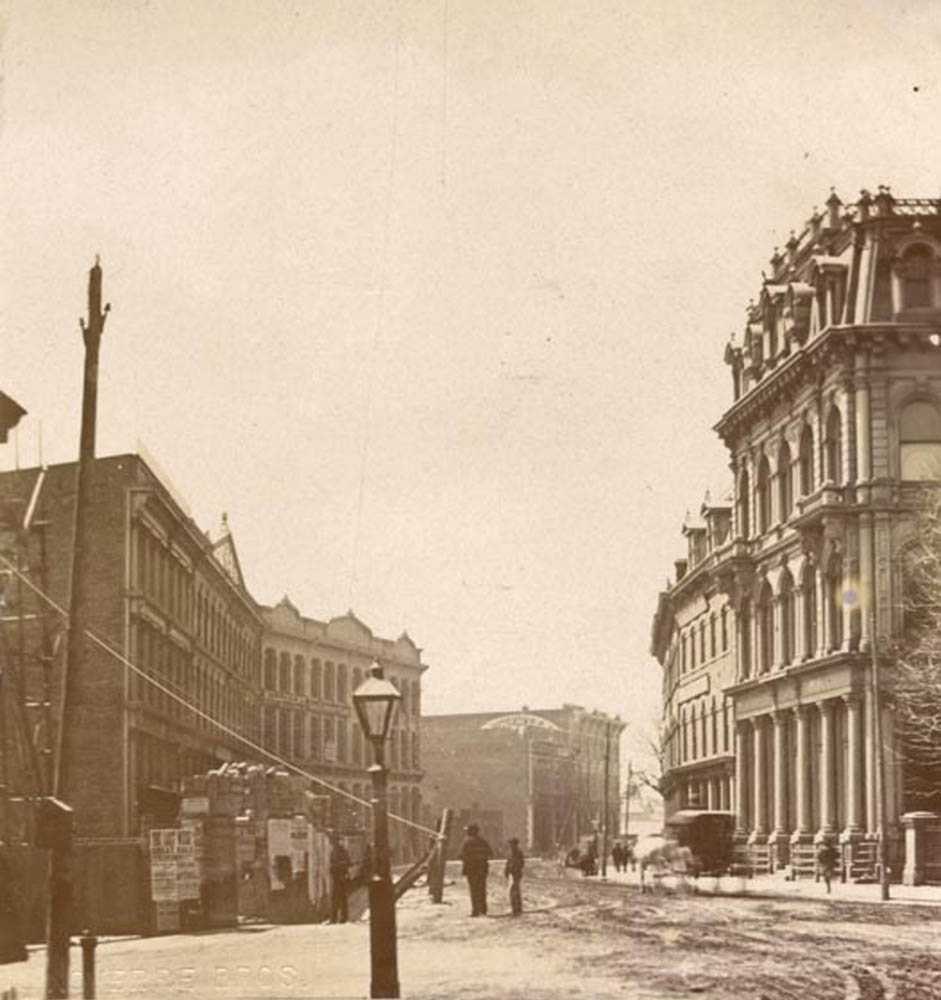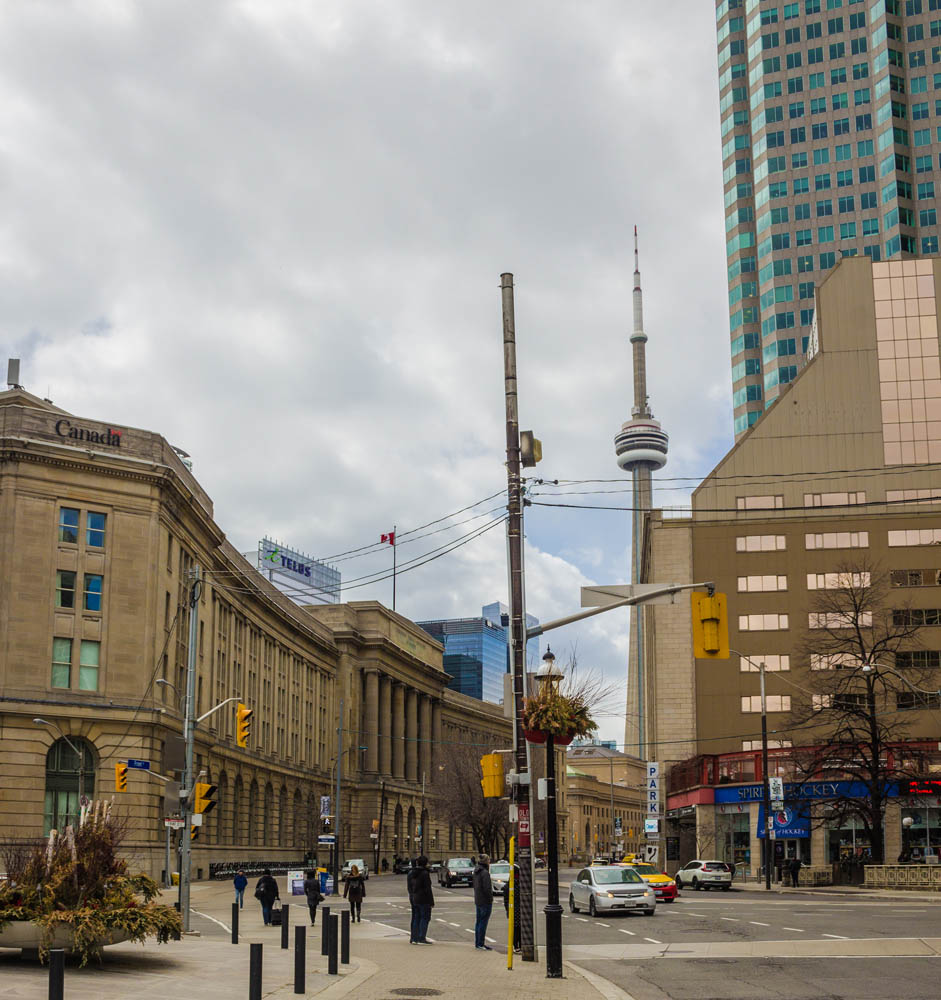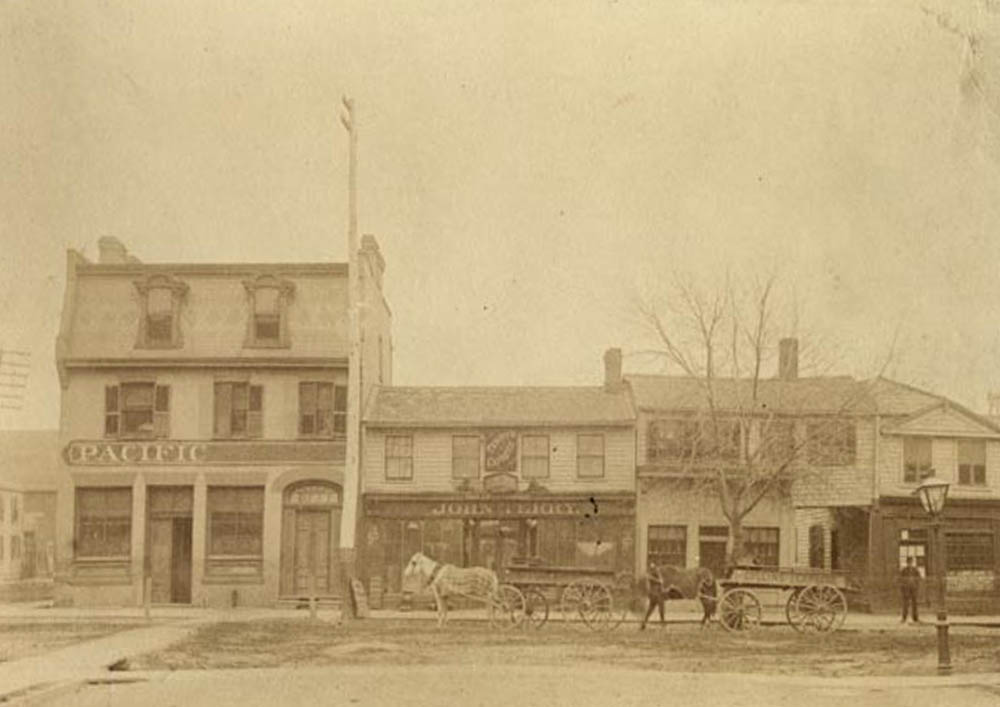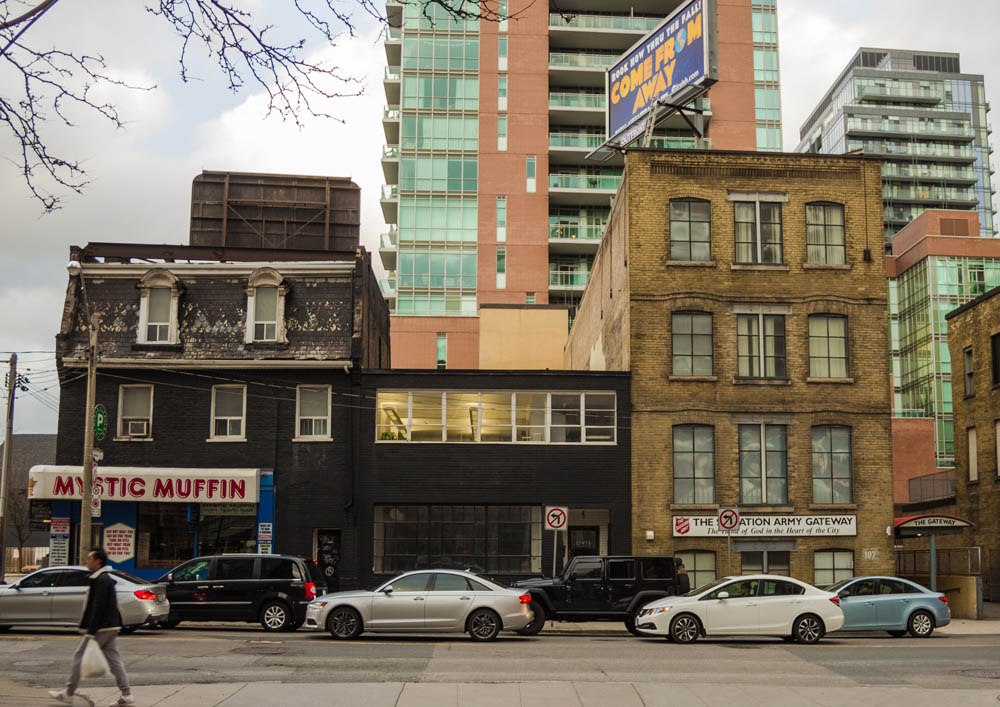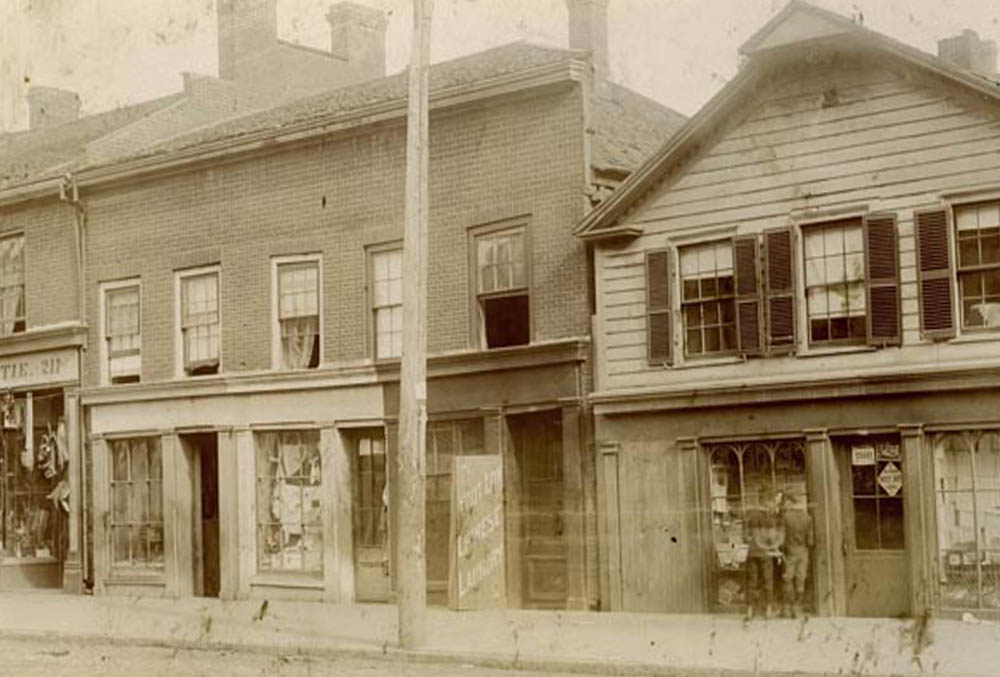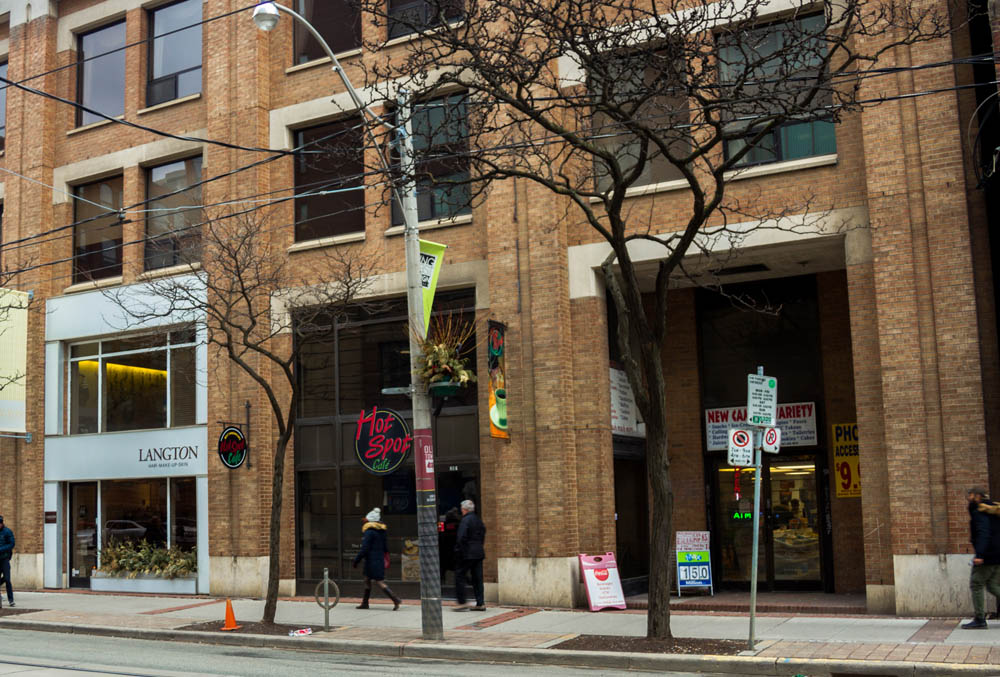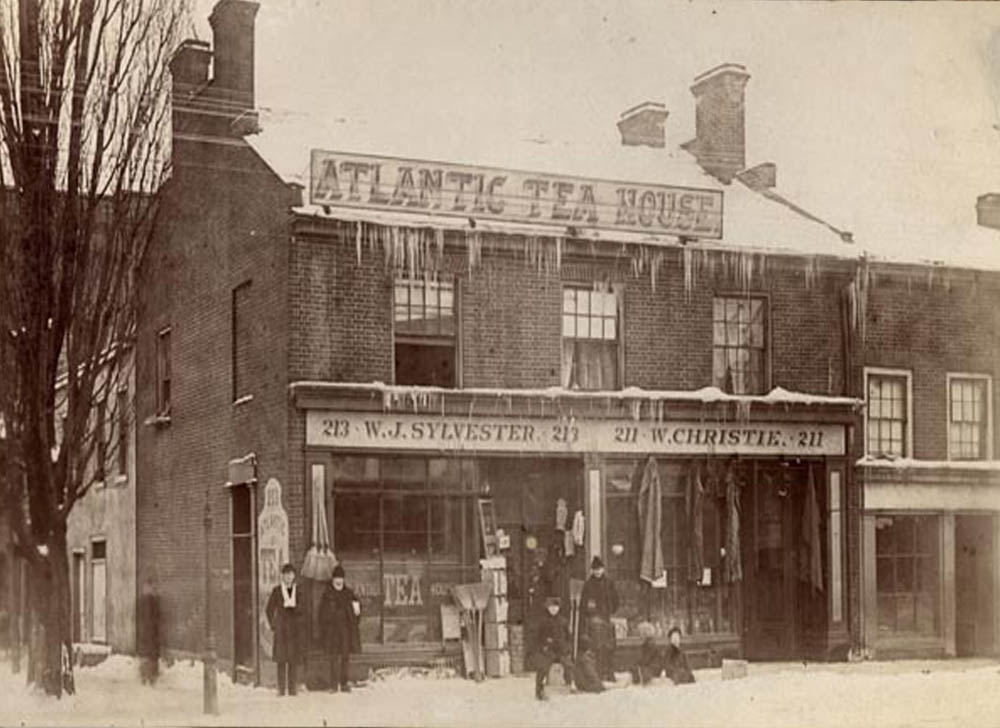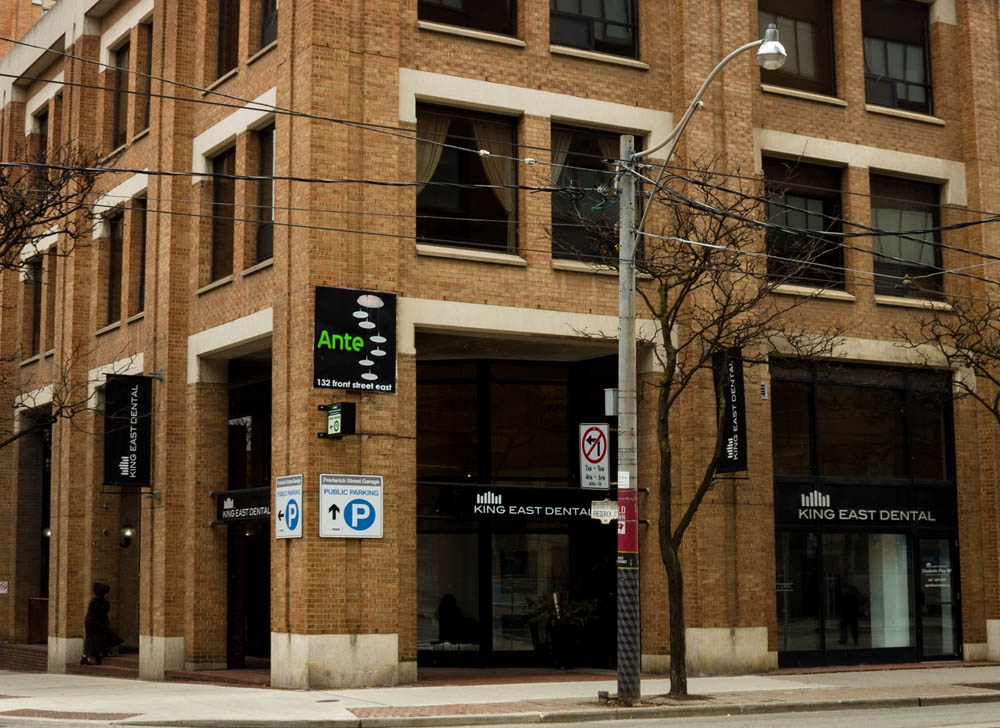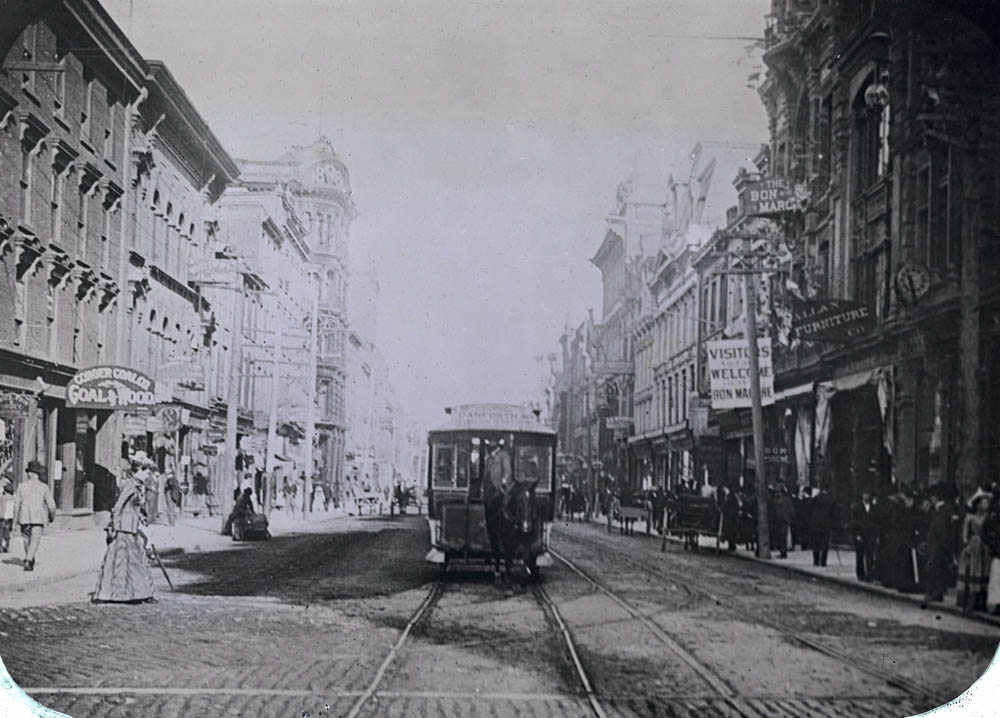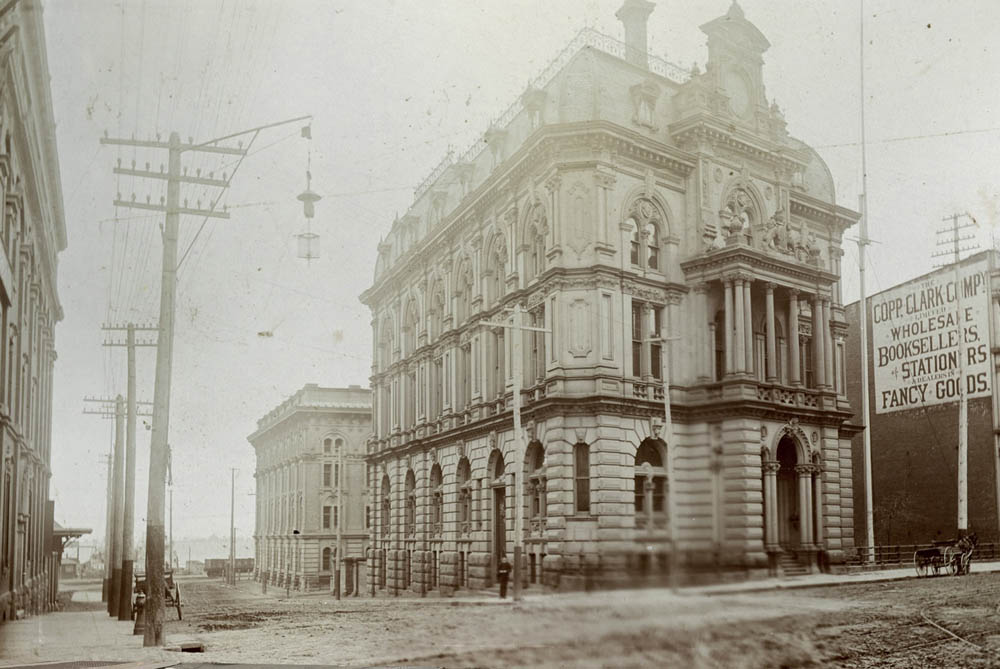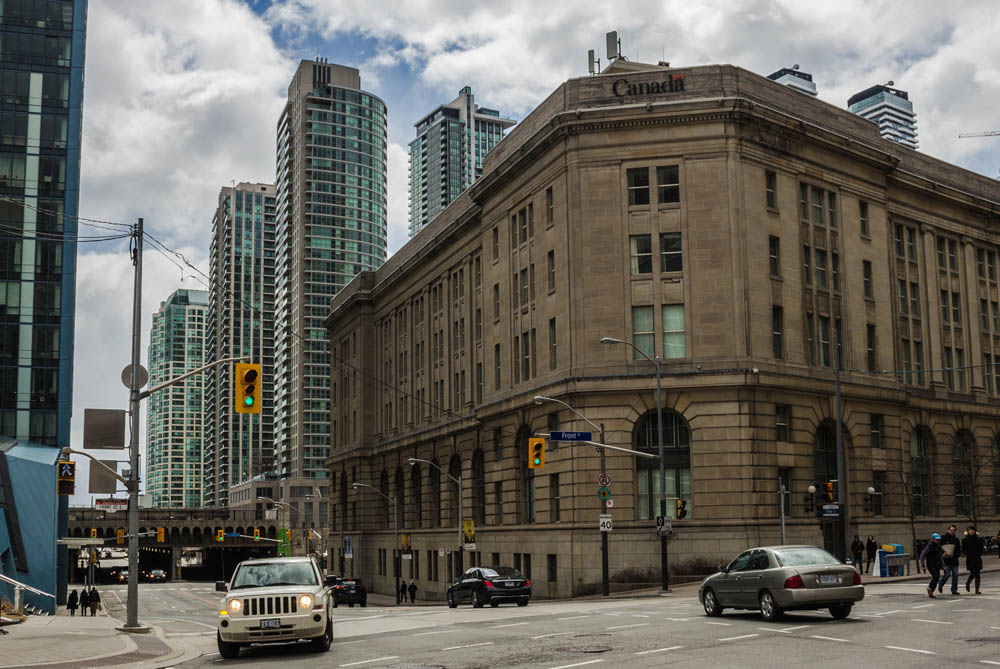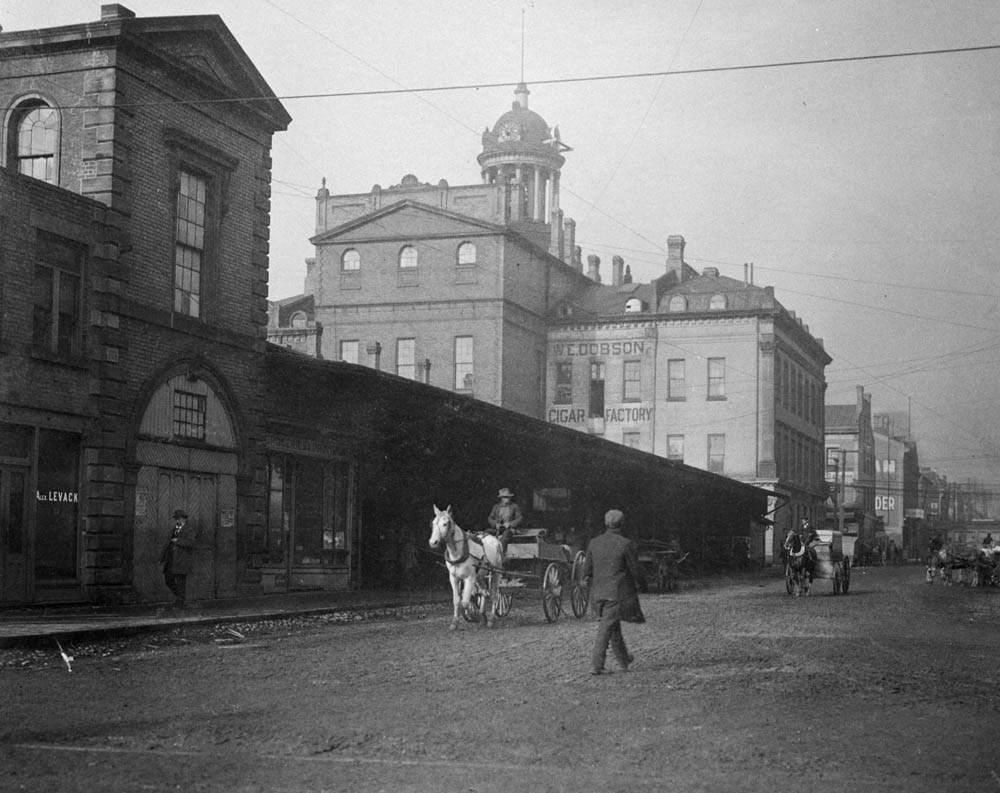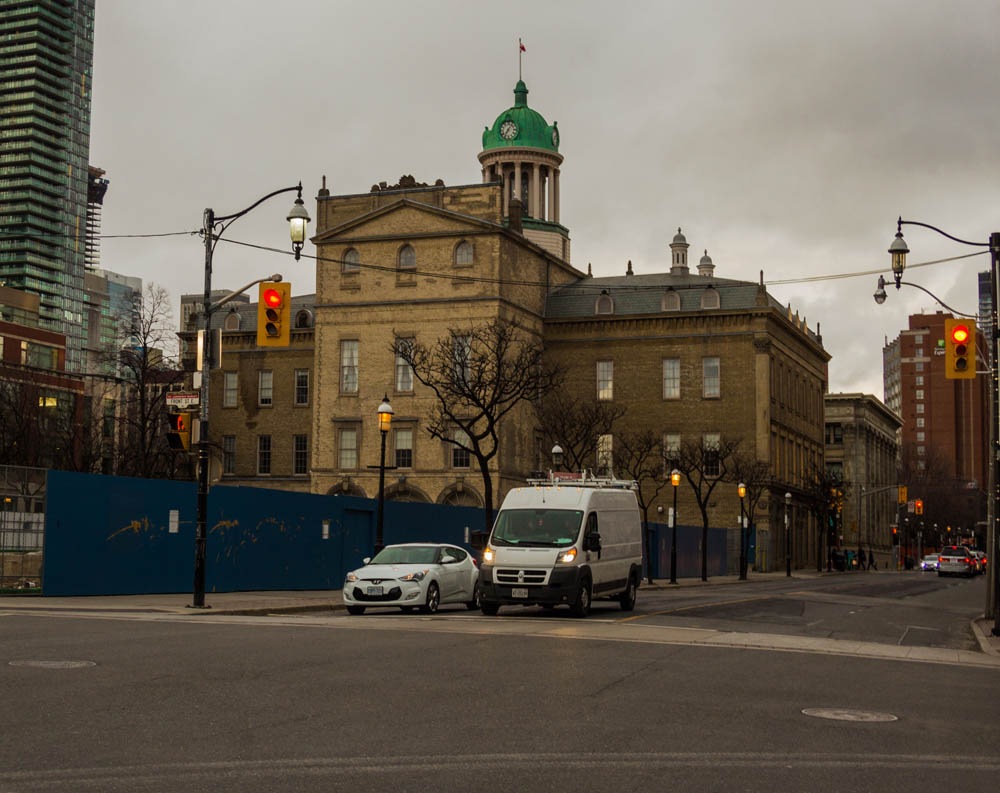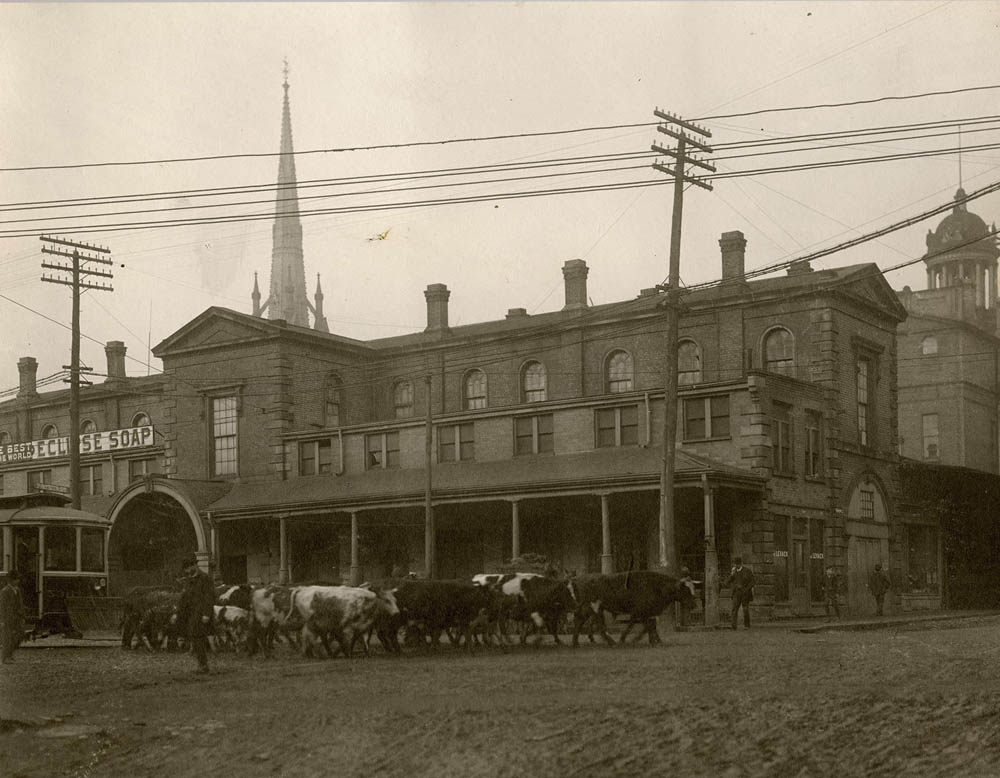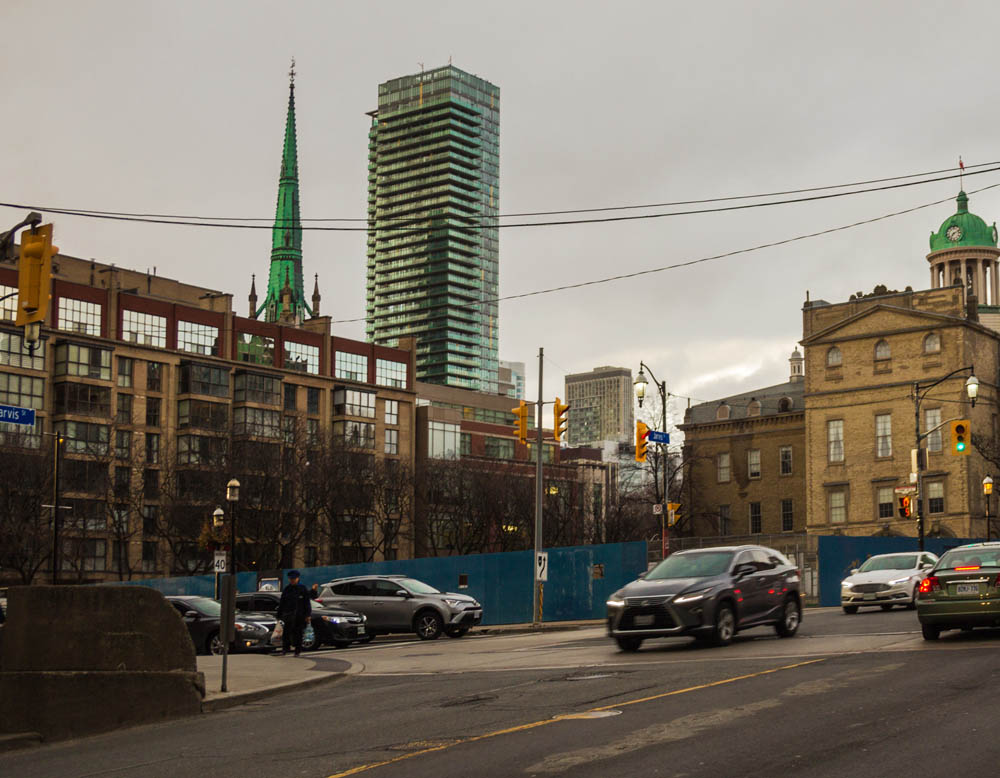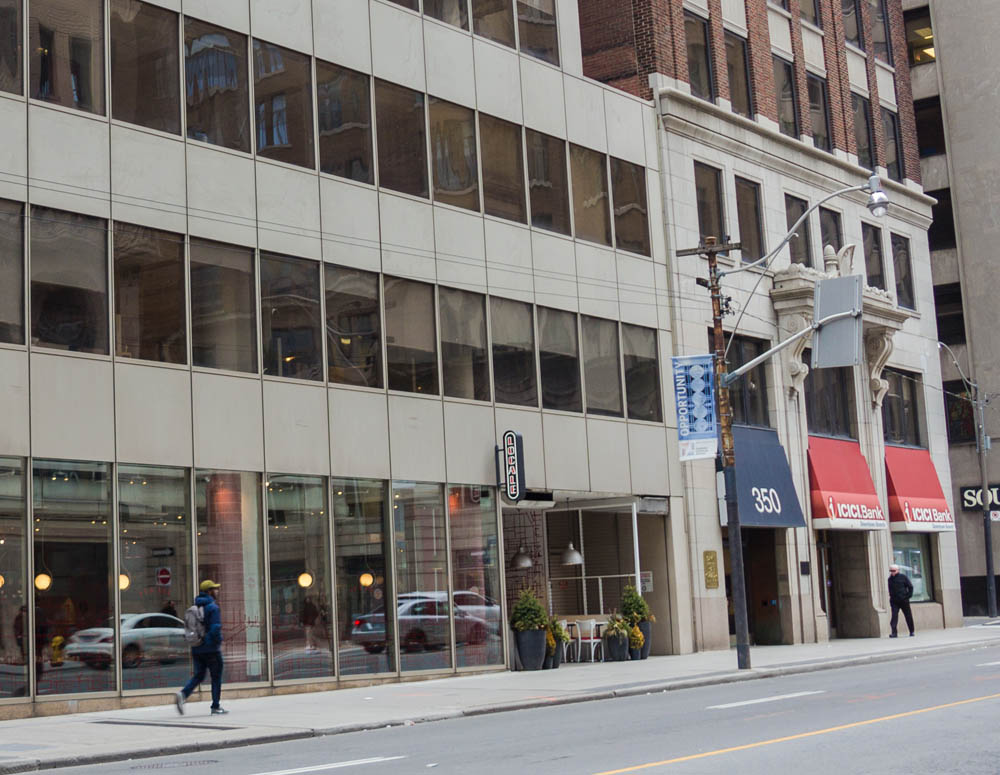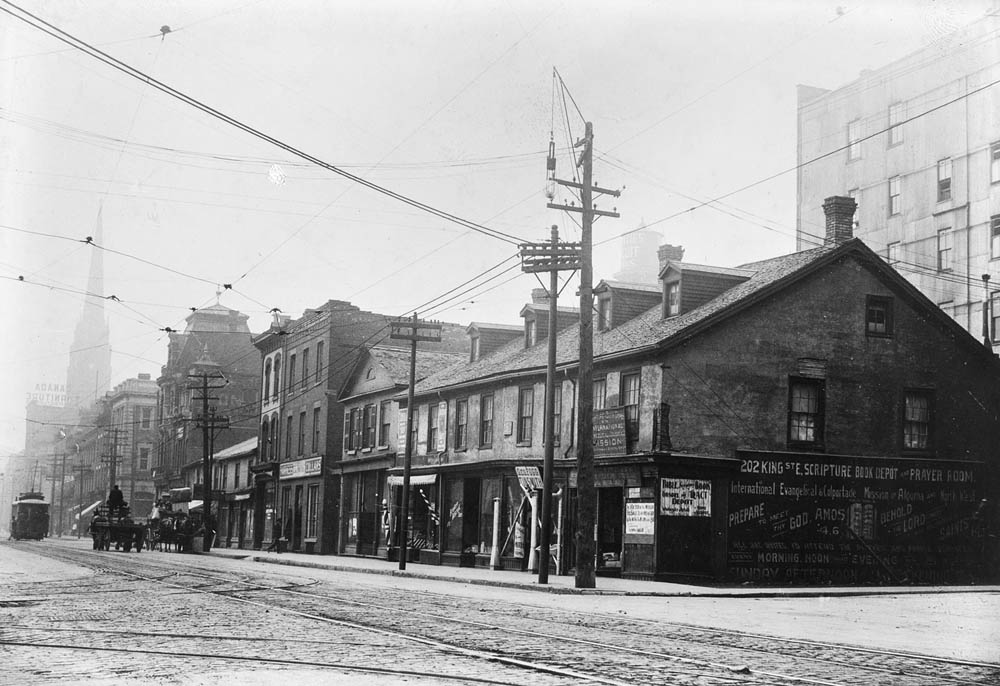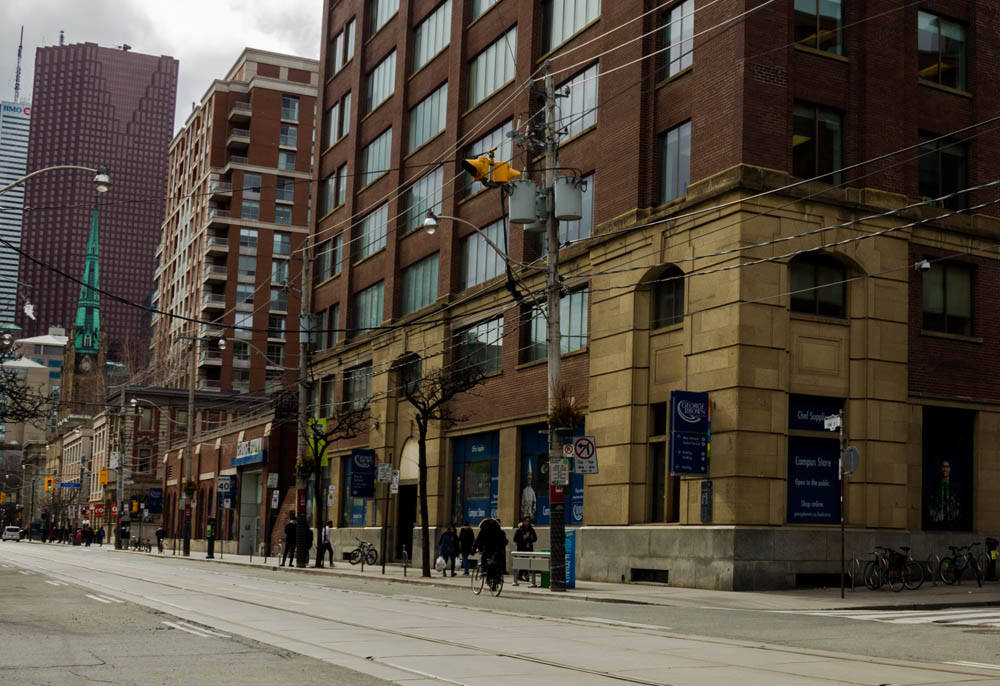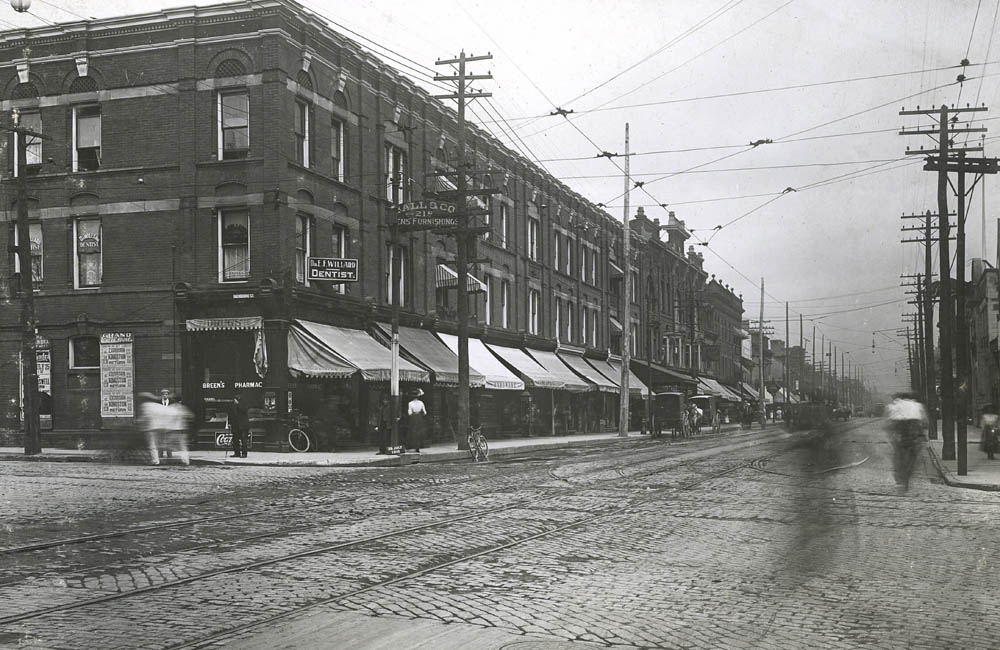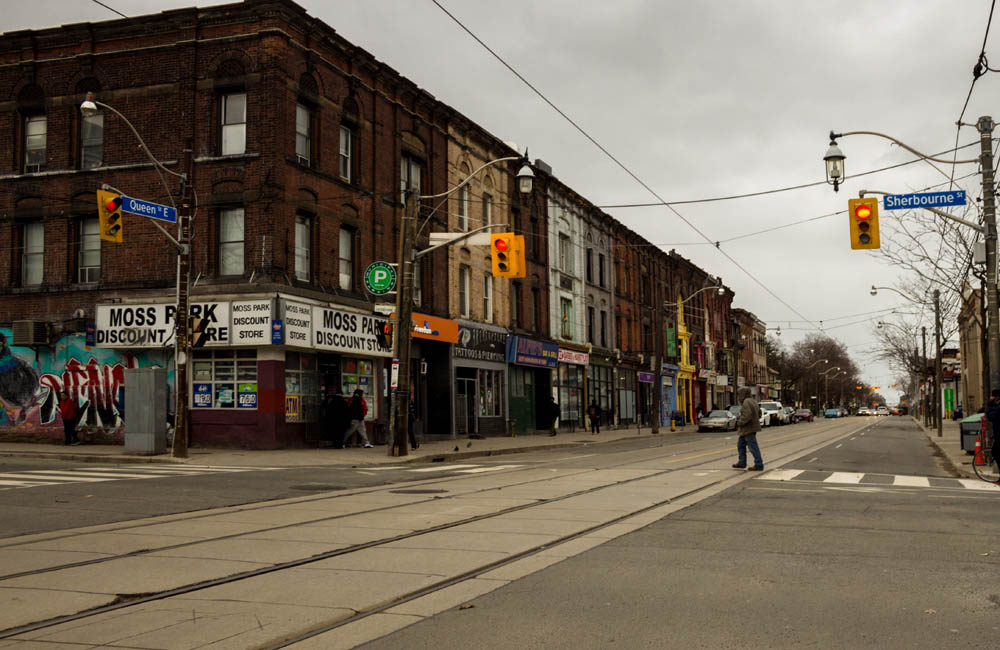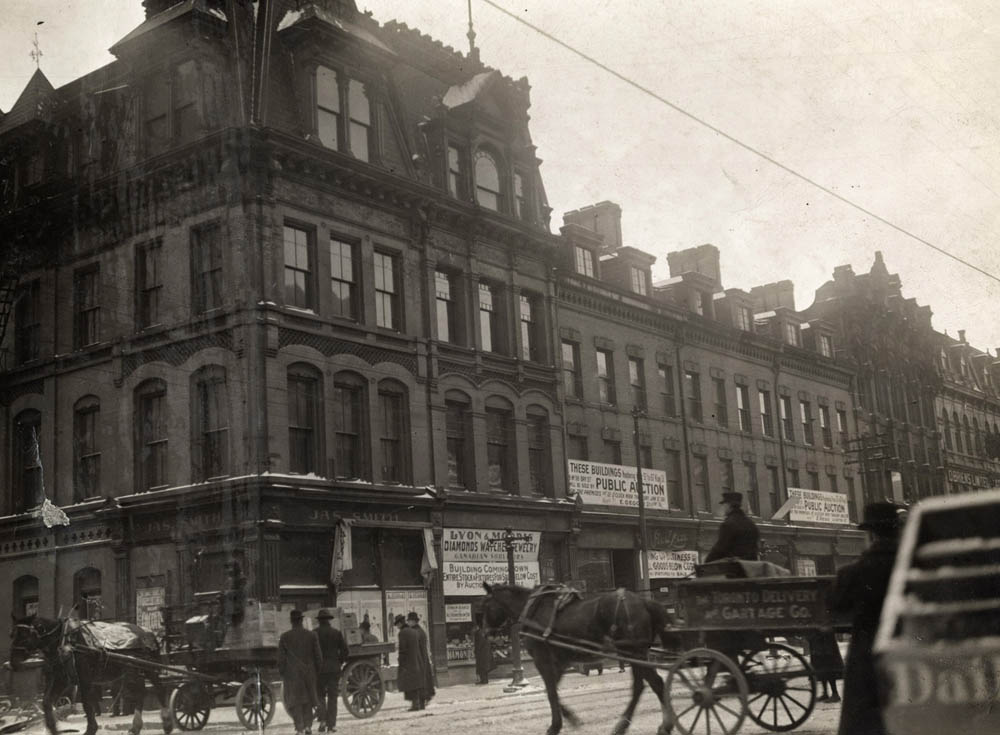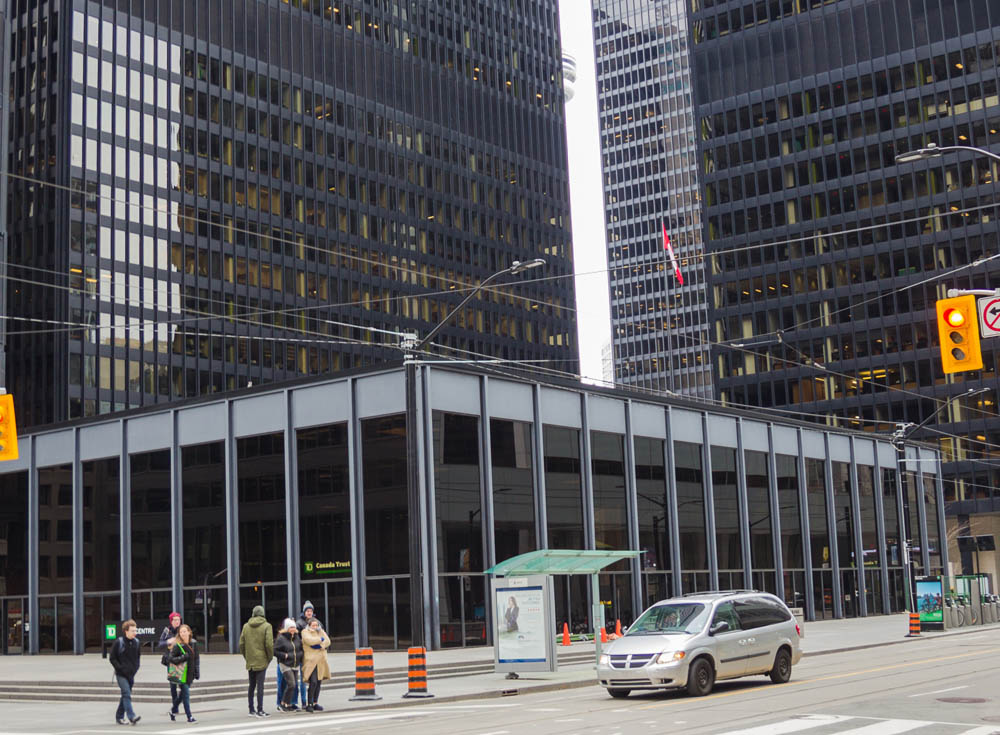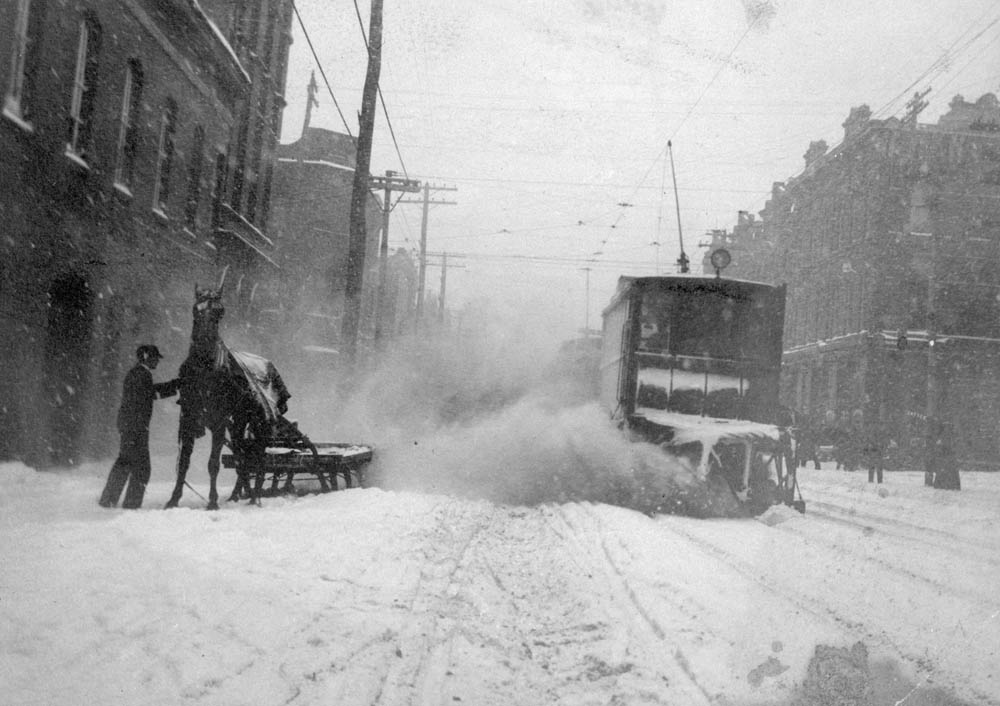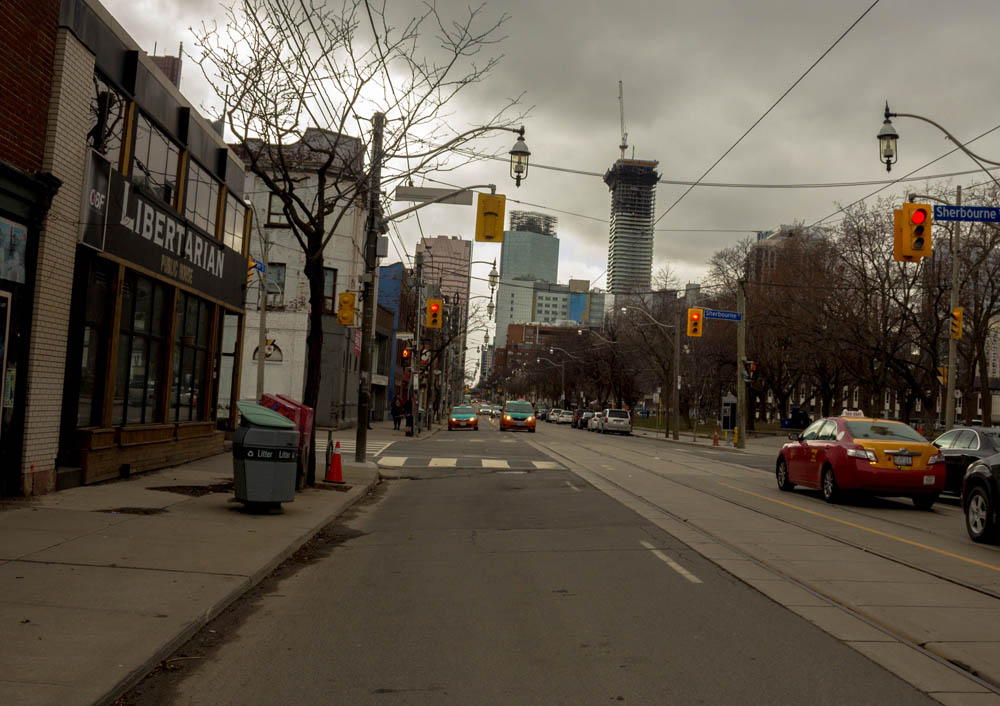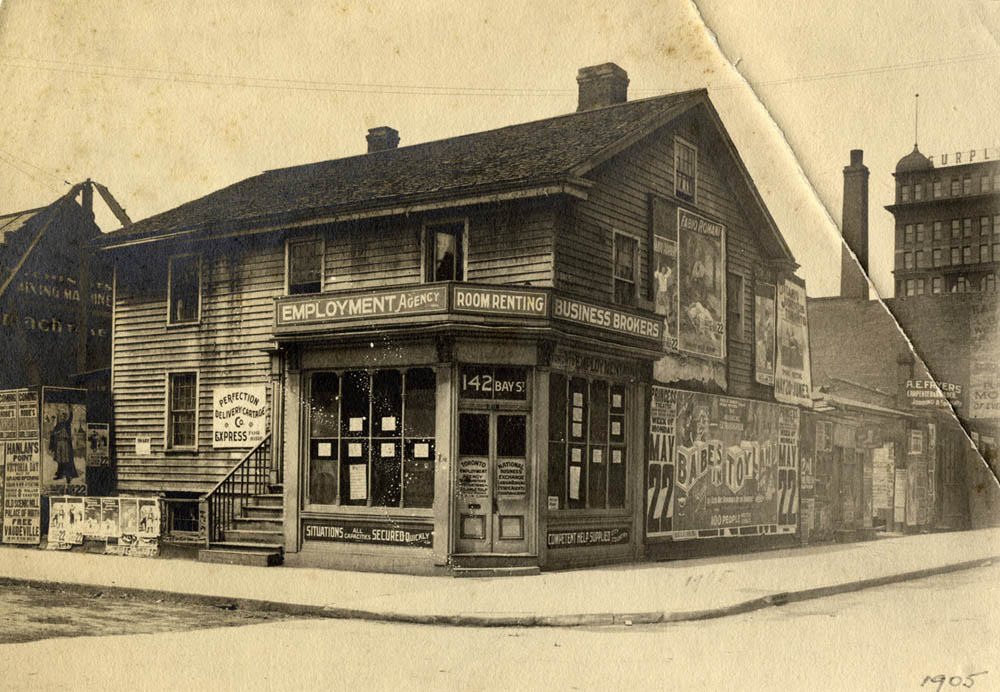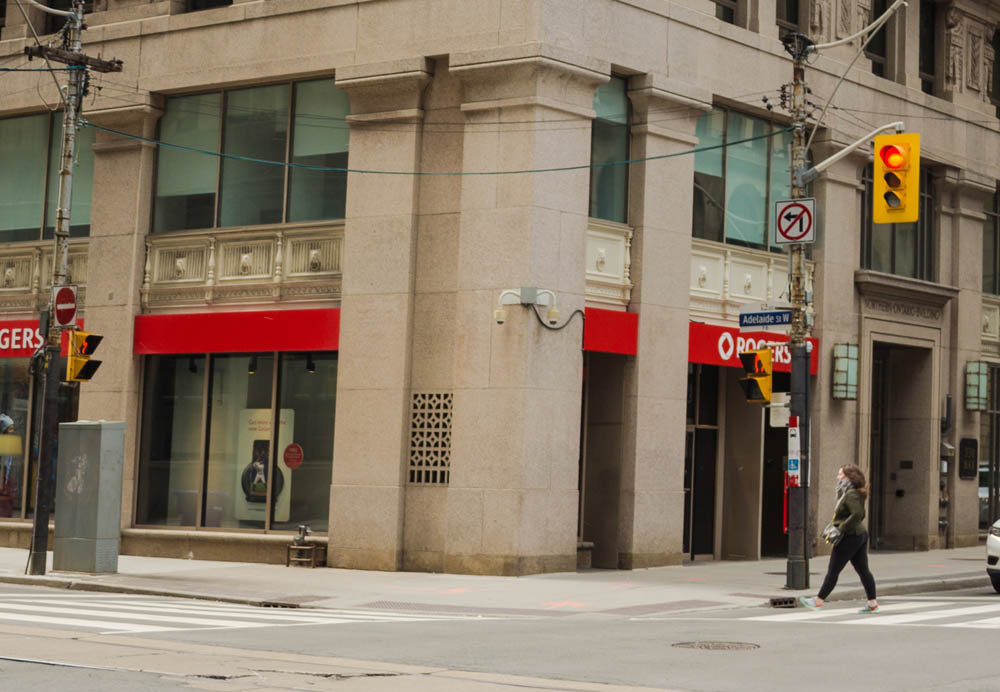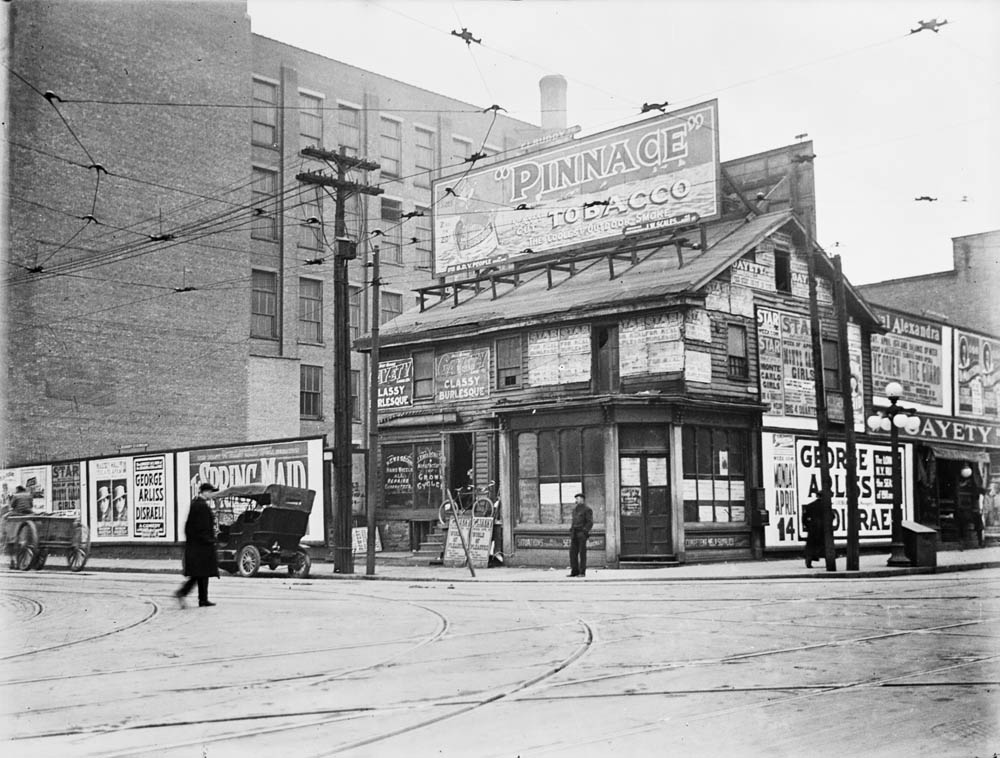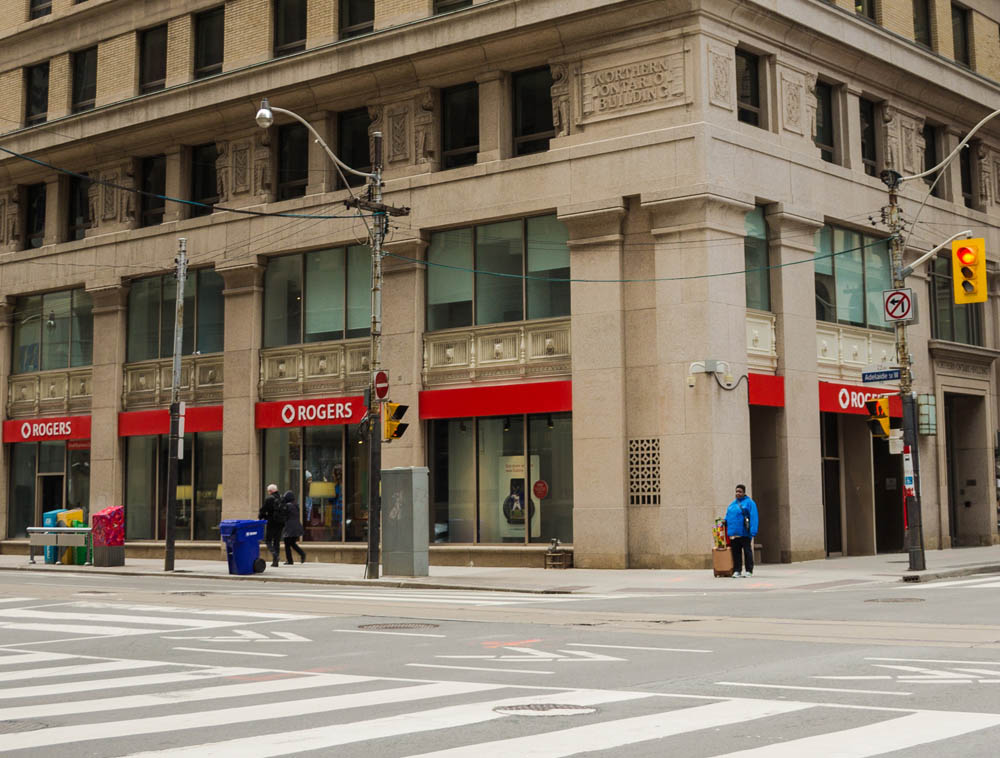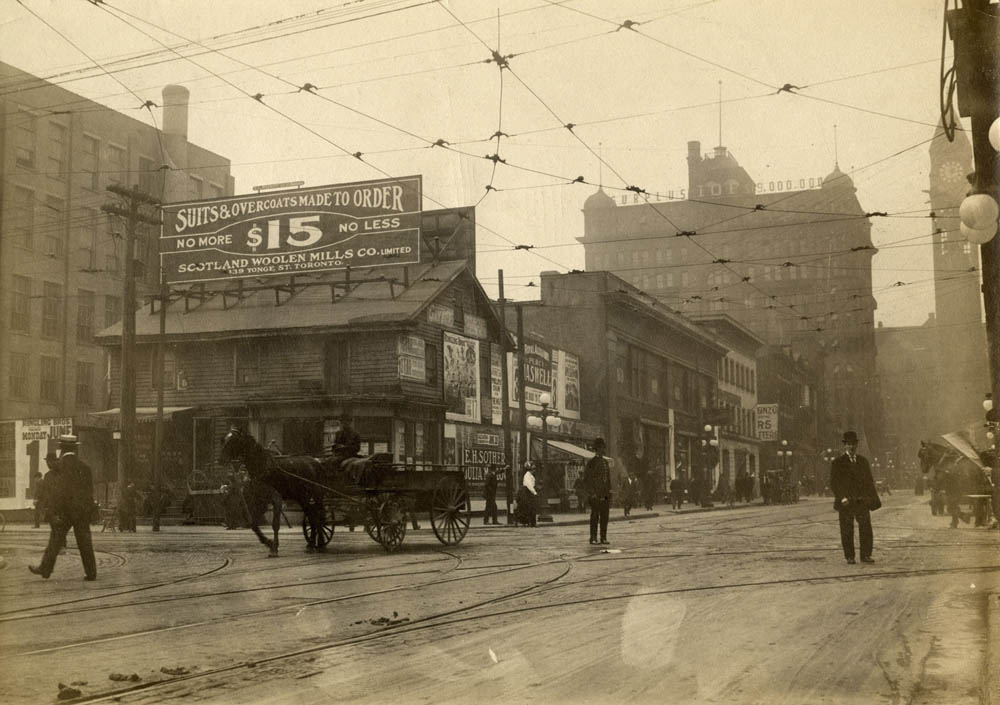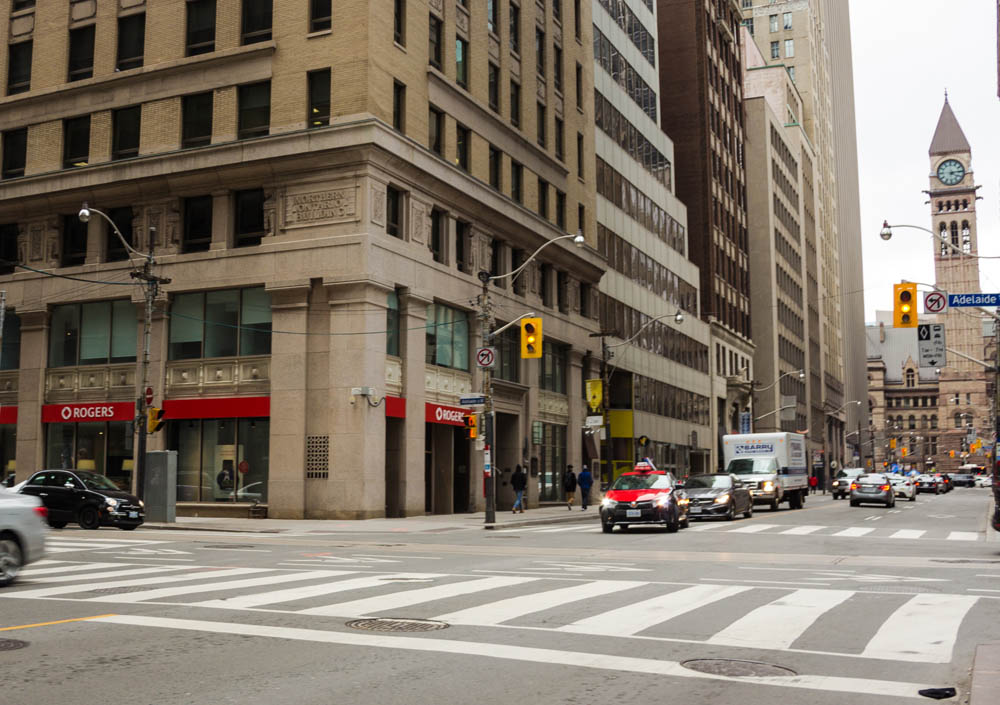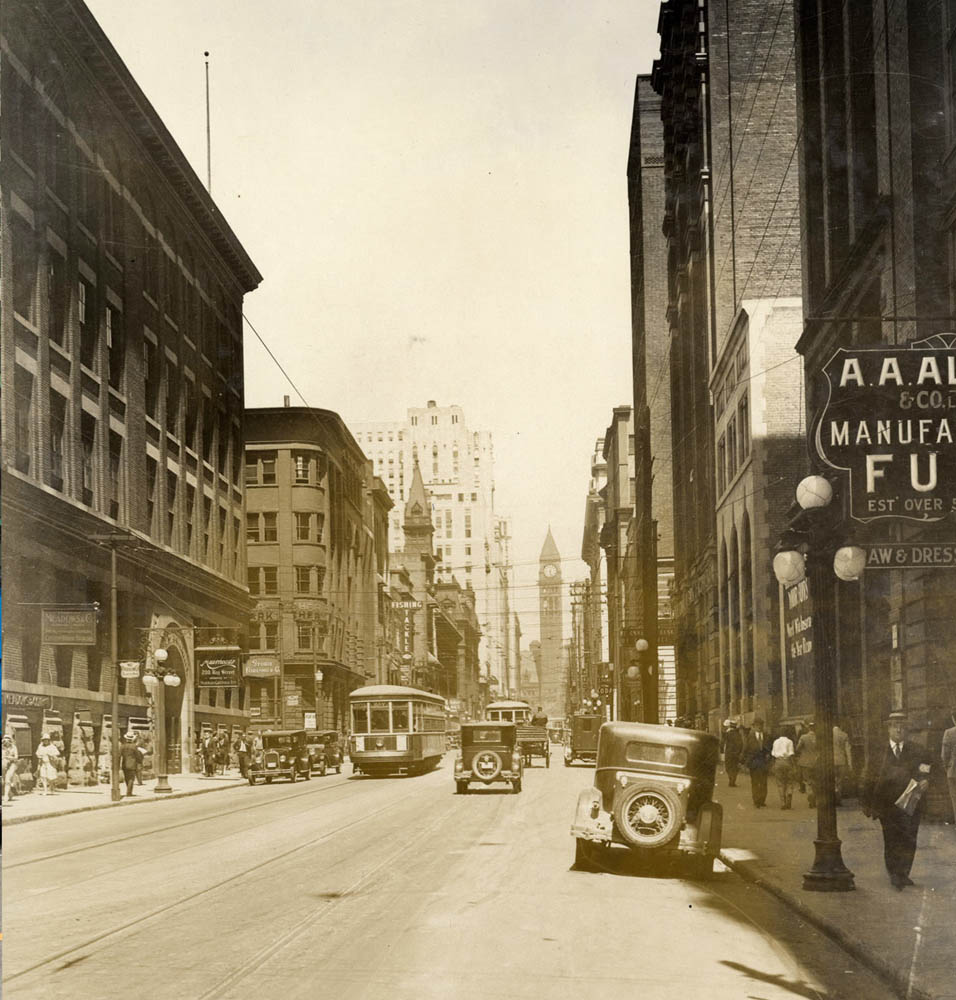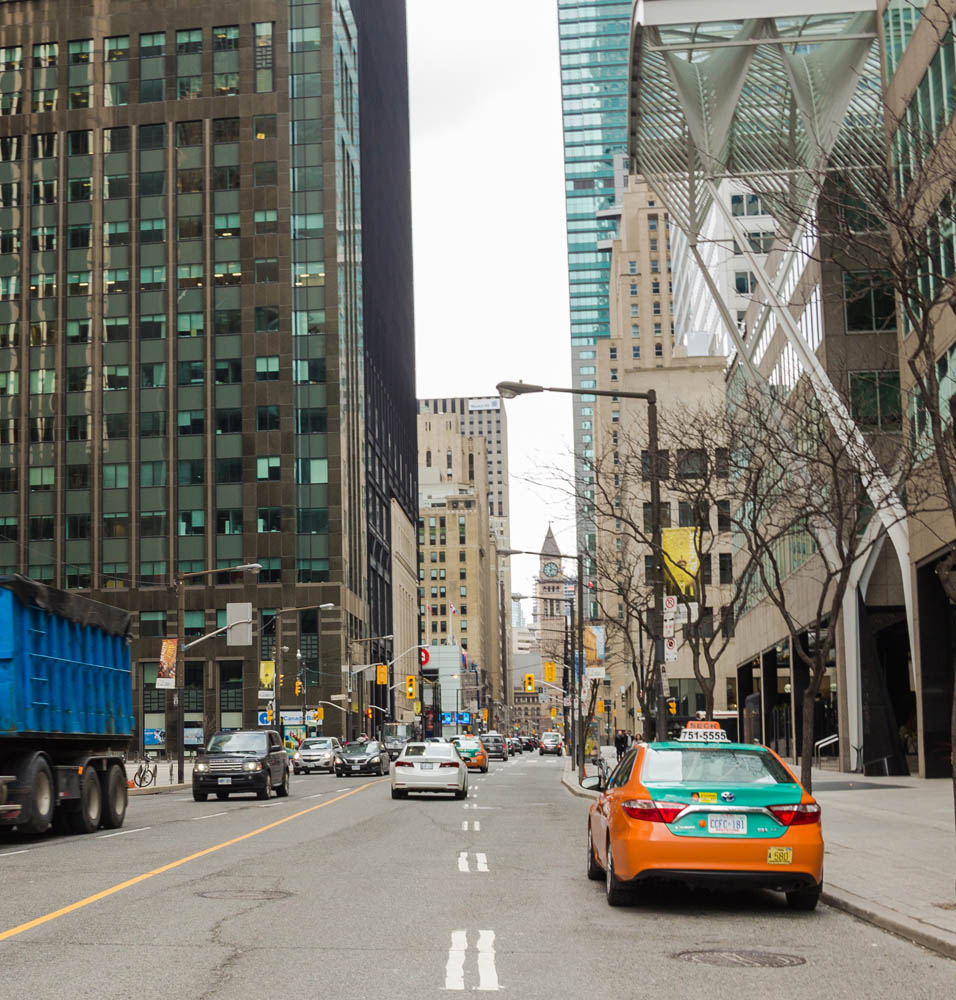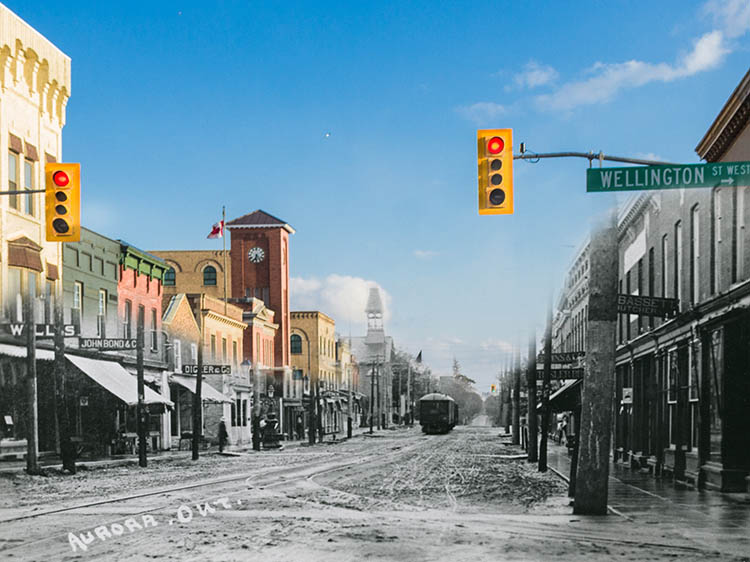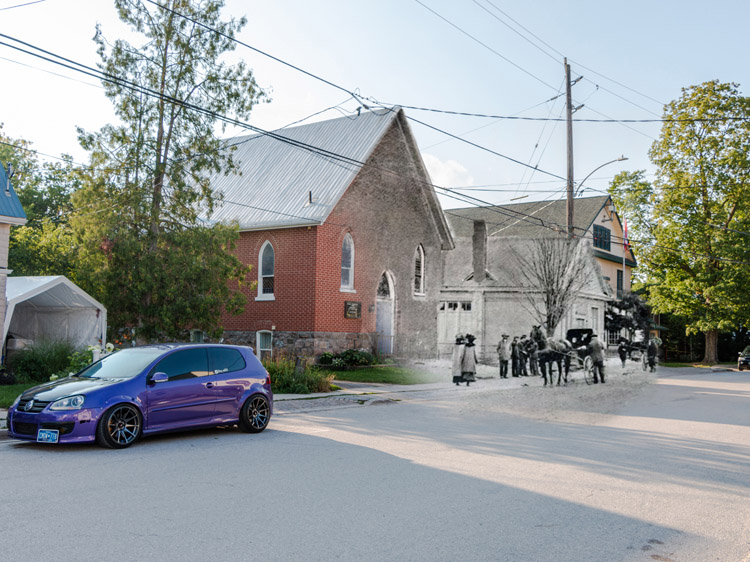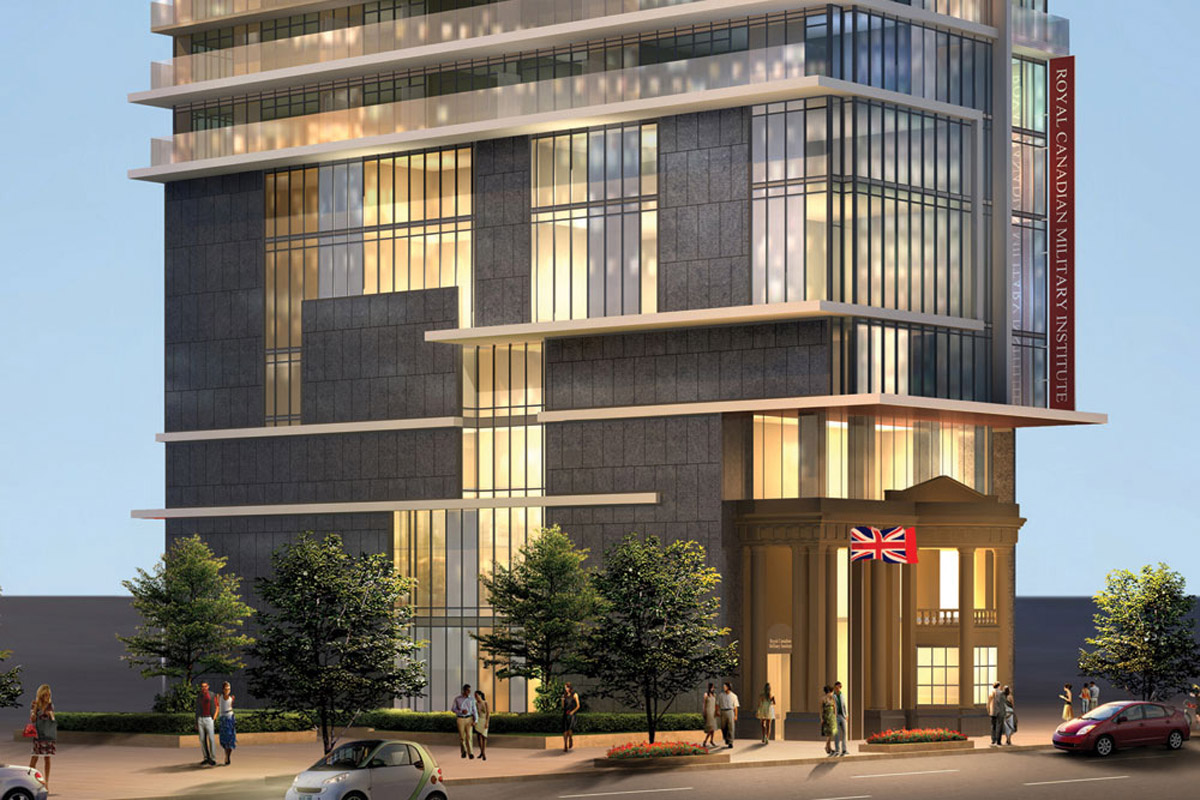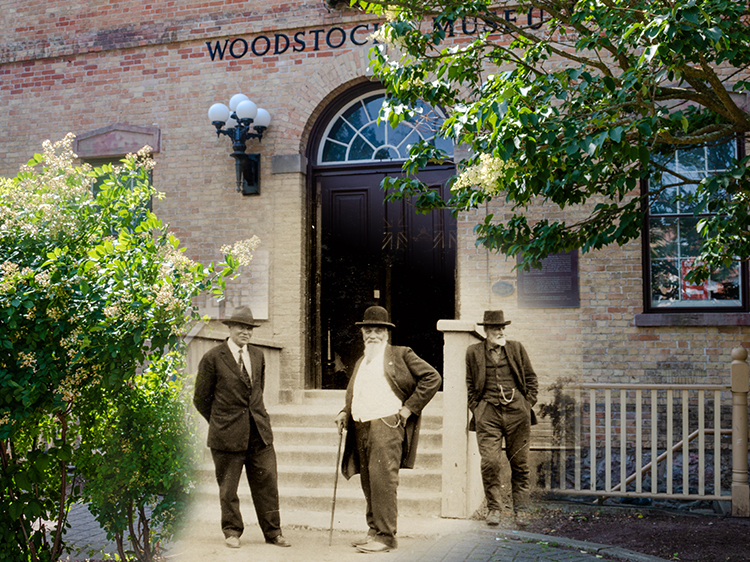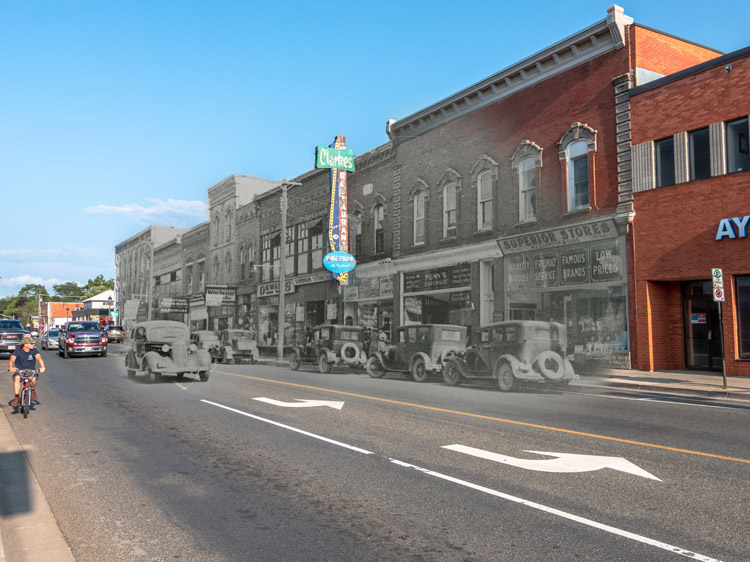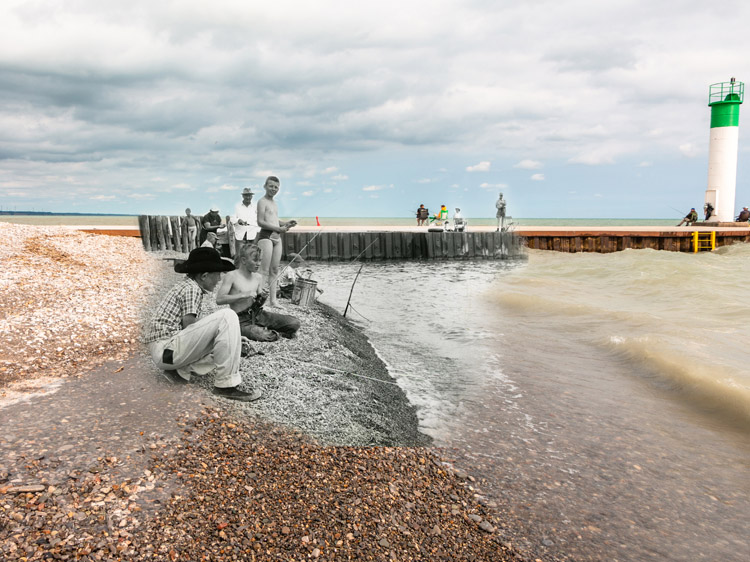Partner City
Toronto
Canada's Metropolis
Canada's largest city and the capital of its most populous province. Toronto has gone through many phases in its modern history, from Muddy York, to Victorian era Toronto the Good, and finally world-class multicultural metropolis.
This project is the result of partnerships with the Little Italy College Street BIA, the Toronto Chinatown BIA, and the Toronto Railway Museum.
We respectfully acknowledge that Toronto is on the traditional territory of the Wendat, the Anishnaabeg, Haudenosaunee, Métis, and the Mississaugas of the New Credit First Nation.
Virtual Tours
Walking Tours
Beyond Chinatown
Toronto's Chinese Community
Toronto's First Steps
The People and Ideas that Shaped Toronto's First Century
University Driveway to Little Italy
The History of College Street
Fear, Hate, and Xenophobia
Toronto's Stanley Barracks
Inside the Toronto Railway Museum
Museum Audio Guide
Outdoor Exhibits of the Toronto Railway Museum
Museum Audio Guide
Explore
Toronto
Stories
The Belt Line Trail
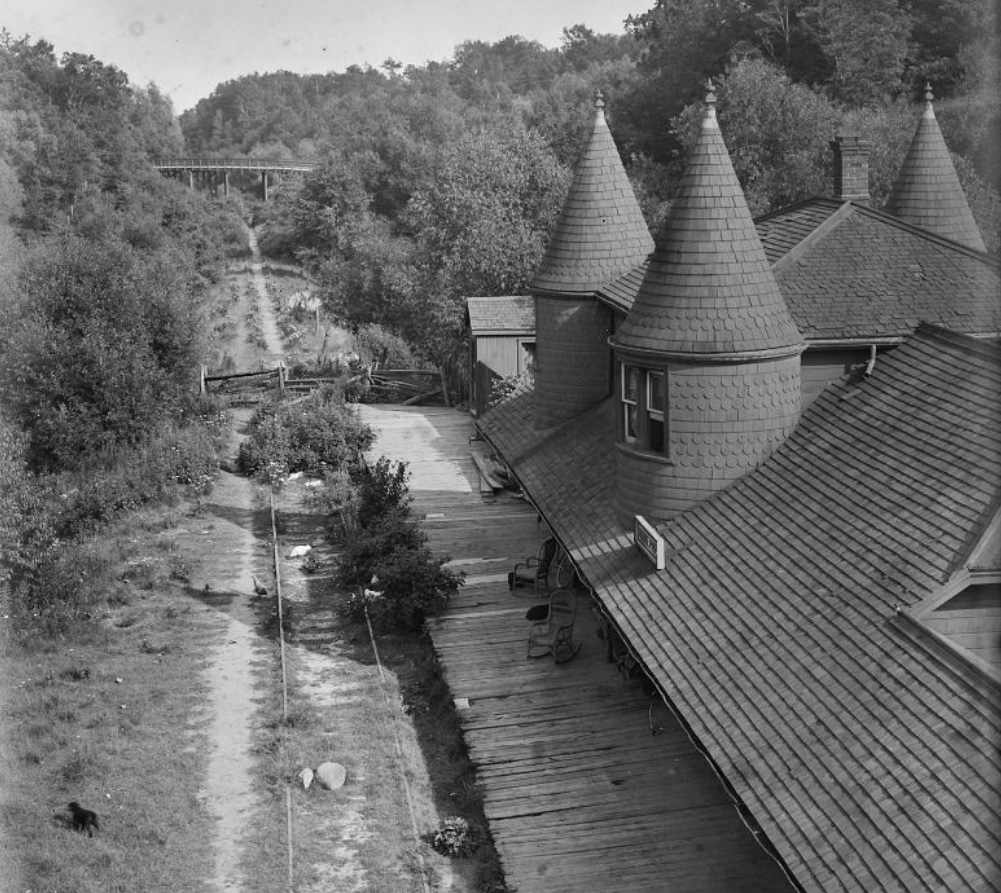
This image shows Moore Park Station in 1909. It was located on this spot along what's today known as the Kay Gardner Beltline Trail, a popular walking and biking path that passes through nine kilometres of some of Toronto's most scenic neighbourhoods. The trail is broken into three separate sections that run through areas such as Rosedale, Forest Hill and Moore Park, with opportunities to explore Mt. Pleasant Cemetery and the naturally restored Don Valley Brick Works Park. The trail follows the century-old route of the former Toronto Belt Line, a railway line that was meant to encourage the construction of suburban neighbourhoods further out of downtown.
Railways on the Esplanade
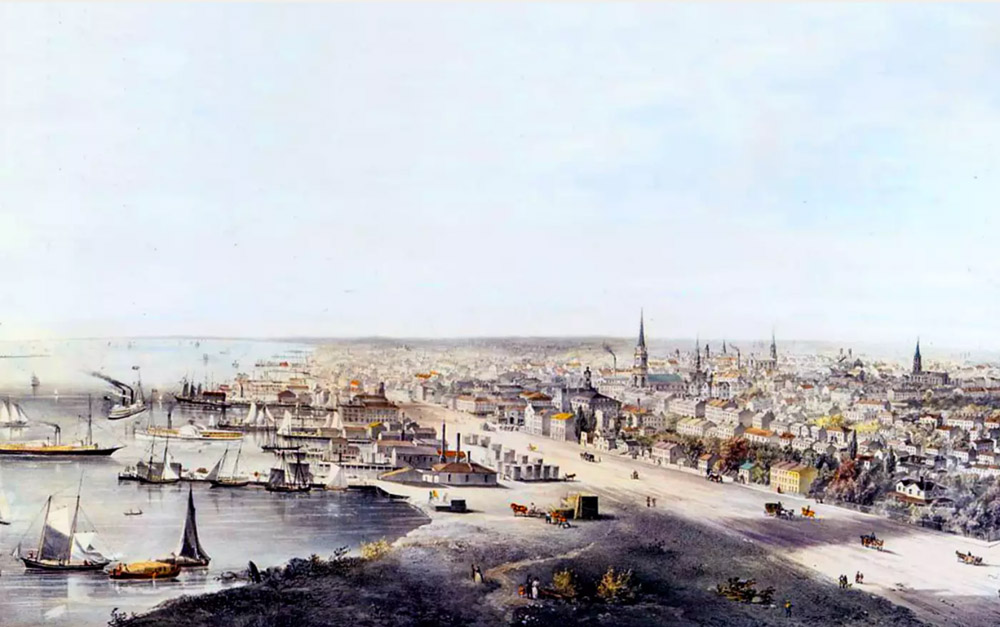
This painting by John Howard shows Toronto's Esplanade as it appeared in 1854. Today, the Esplanade is home to a vibrant residential community in which some 15,000 people live. The Crombie and Parliament Square Parks provide ample green space, and accessible housing in the area allows for the creation of a socially diverse neighbourhood.Yet this wasn't always the case, and the history of the Esplanade is steeped in industry and economics. Railway giants fought for space in an area that was once crowded with railroad tracks, freight sheds, and warehouses. Pedestrians dodged trains and navigated crowded platforms throughout what quickly became one of Toronto's main transportation hubs.
Toronto's Changing Shoreline
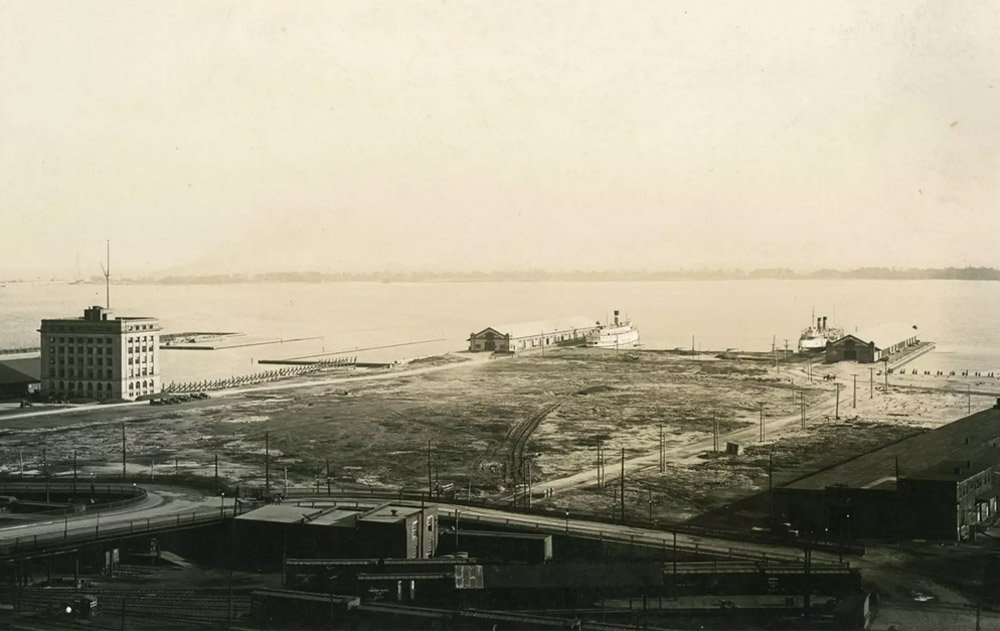
This was the original location of Toronto's Harbour Commission offices, which oversaw the expansion of Toronto into Lake Ontario.
When the small town of York was first founded on the banks of Lake Ontario, the area around it was full of lush marshlands, wilderness, and waterways. But throughout the years, as the city grew and expanded into today's Toronto, the shoreline changed in drastic ways that would make it unrecognizable. When the city was first founded, the aptly named "Front Street" fronted the water of Lake Ontario, but during the next two centuries, the downtown core would be expanded and the lakefront moved slowly backwards. Today, Toronto's waterfront is a stark example of the ability of humans to drastically reshape their surroundings.
The Ontario, Simcoe & Huron Railway
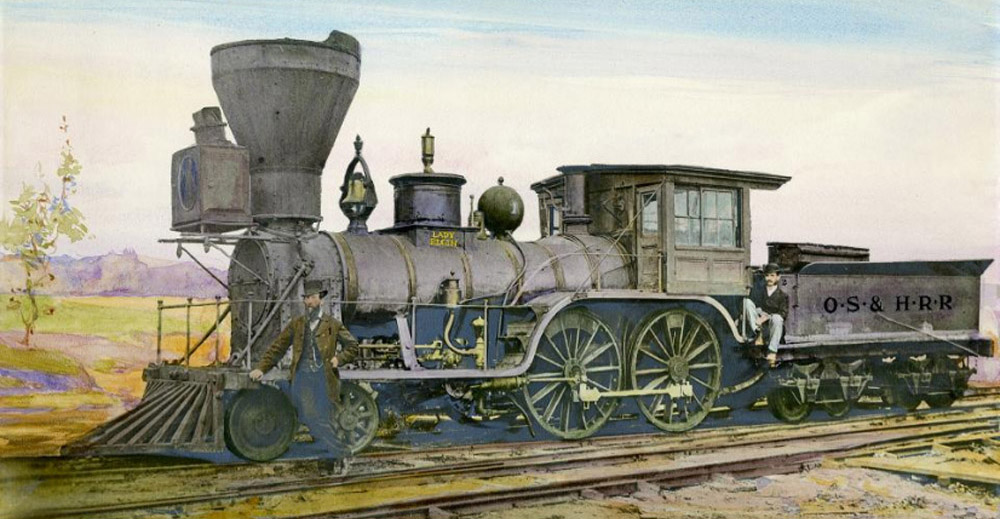
Toronto Public Library JRR1111
The first railway to come to Toronto was the Ontario, Simcoe & Huron Railway. Talk of bringing a railway to Toronto began as early as 1836 with business men and merchants musing about the benefits it could bring, however the first railway would not begin to take shape until 1848 when Frederick Chase Capreol began to put the ideas together to create a business.1
It was not going to be smooth sailing. The Ontario, Simcoe & Huron Railway is a tale of money, tragedy and miscalculation.
This Story Location brought to you by the Toronto Railway Museum. Discover Toronto's rich and fascinating railway history at the museum, located at the John Street Roundhouse in downtown Toronto. For more information visit TorontoRailwayMuseum.com
Union Station: A Memory for All
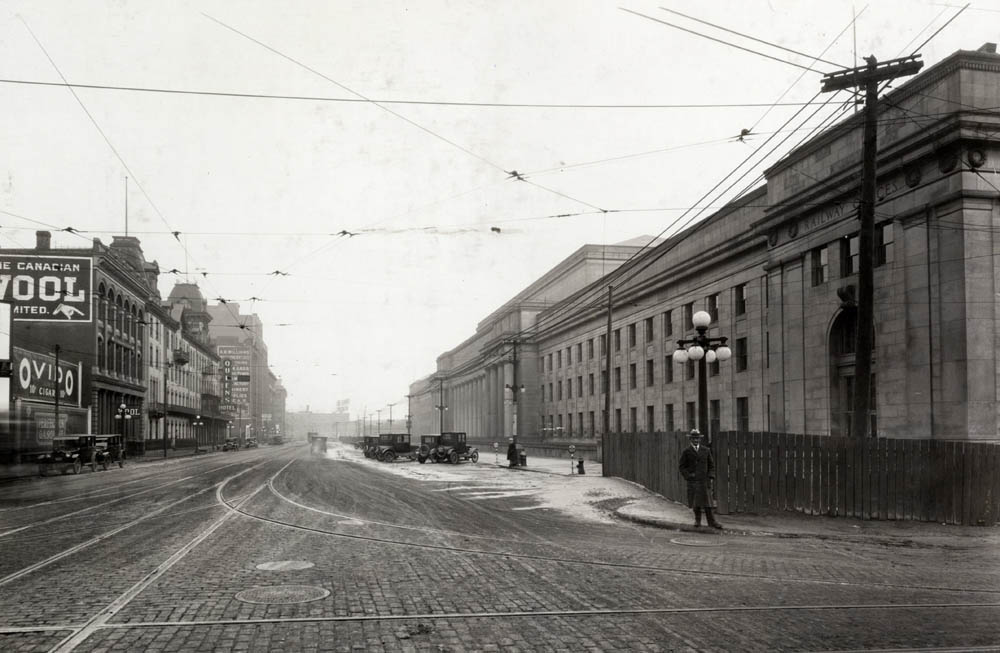
Toronto Public Library E 1-33a
Union Station as it stands today has become the pinnacle of railway history in Toronto. As the central stop for trains for well over a century Toronto's Union Station has welcomed immigrants and newcomers, served as a stopping point for ventures west and been an architectural statement for many decades.
The building that stands today was actually not the first Union Station however. The original Union Station began construction in 1872 on Front Street and Simcoe Street and was completed in 1895. The station was meant to resemble the Central Station in Chicago with tree domed towers including a clock tower. It contained in its walls a ticket counter, waiting rooms, and railway offices along with two train sheds on the grounds. The station was considered quite beautiful in its modern style and was a prominent feature of the early Toronto skyline.1
This Story Location brought to you by the Toronto Railway Museum. Discover Toronto's rich and fascinating railway history at the museum, located in downtown Toronto. For more information visit TorontoRailwayMuseum.com
Then and Now Photos
Adelaide Street
Toronto Public Library E 9-207 Small
1874
Horse-drawn carts and piles of rubble line the sides of Adelaide Street. The photo was taken looking east from Victoria Street.
The Old Post Office
1867
Toronto's Old Post Office was built in the Greek Revival Style in 1852. It was designated a national historic site of Canada in 1958.
Homes on Spadina
Toronto Public Library E 4-86c
1870
Several simple houses line Spadina Ave, just by College.
The New Post Office
Toronto Public Library E 2-25b
1873
This view is looking up Toronto Street towards the new post office, which is under construction. You can see the front facade of the old post office at the far left.
News Stand
Toronto Public Library B 12-23d
1875
Several men stand in front of a large news kiosk set up on the sidewalk of Front Street.
Terry's Express
Toronto Public Library B 11-27b
1885
Carts of Terry's Express service with horses harnessed have been placed in front of the company offices for a portrait. The business seemed to specialize in delivering coal and wood that was used for cooking and heating.
Monro's
Toronto Public Library B 11-21a
1887
The building at right was the warehouse of George Monro.
Atlantic Tea House
Toronto Public Library B 11-8b
1885
Several people pose for a photo outside the Atlantic Tea House. Some of the children at the right are having a hard time sitting still for the camera. Brooms and other goods hang on the walls for sale.
A Horsebus
Toronto Public Library E 9-48 Small
1889
The photographer was standing right in front of a horsebus when he took this photo on King Street. The sidewalks are packed full of people.
Old Customs House
Toronto Public Library B 11-47a
1890
The elegant Italian Renaissance style customs house, located at the corner of Front and Yonge Street.
St. Lawrence Market
1898
Up the street alongside the St. Lawrence Market.
Cows at Market
1898
A herd of cows being shepherded into the St. Lawrence Market.
Boer War Decorations
Toronto Public Library -339673
1900
Buildings on Temperance Street have been decorated with bunting to celebrate the return of Canadian troops from the Boer War.
King and Jarvis
Toronto Public Library E 9-229 Small
1909
Some rather simple buildings on the intersection of King and Jarvis.
Dentist Office
Toronto Public Library S 35-16
1910
Showing a business block on Queen Street that survives to this day. The business on the corner houses a drug store and the dentist offices of one Dr. E.F. Willard.
Auctioning Buildings
Toronto Public Library B 13-31a
1910
A cart crosses the street in front of several buildings that have signs proclaiming they are being publicly auctioned.
Blowing Snow
Toronto Public Library X 64-108
1900s
A man steadies his horse as a streetcar threatens to engulf them with a mountain of snow.
Doel House
Toronto Public Library X 64-24
1905
The home of John Doel, photographed some decades after his death in 1871. He was an important reformer politician in early Ontario history, and was a prominent supporter of William Lyon Mackenzie during the Rebellion of 1837.
Doel House (2)
Toronto Public Library E 8-220
1913
The home of John Doel, photographed some decades after his death in 1871. He was an important reformer politician in early Ontario history, and was a prominent supporter of William Lyon Mackenzie during the Rebellion of 1837.
A Traffic Cop on Bay St.
Toronto Public Library B 13-73
1912
A policeman stands in the centre of the intersection of Bay and Adelaide as a cart rolls by.
Busy Bay Street
Toronto Public Library E 2-51a
1930
Cars, streetcars, and pedestrians on Bay Street at the outset of the Great Depression.


